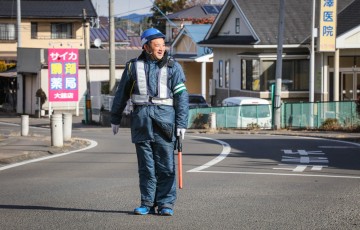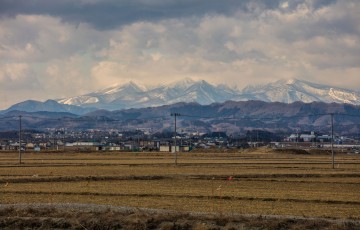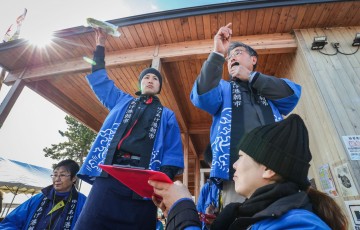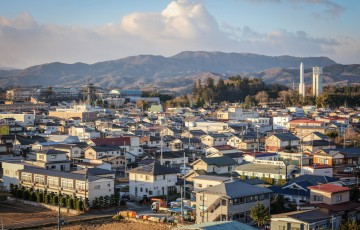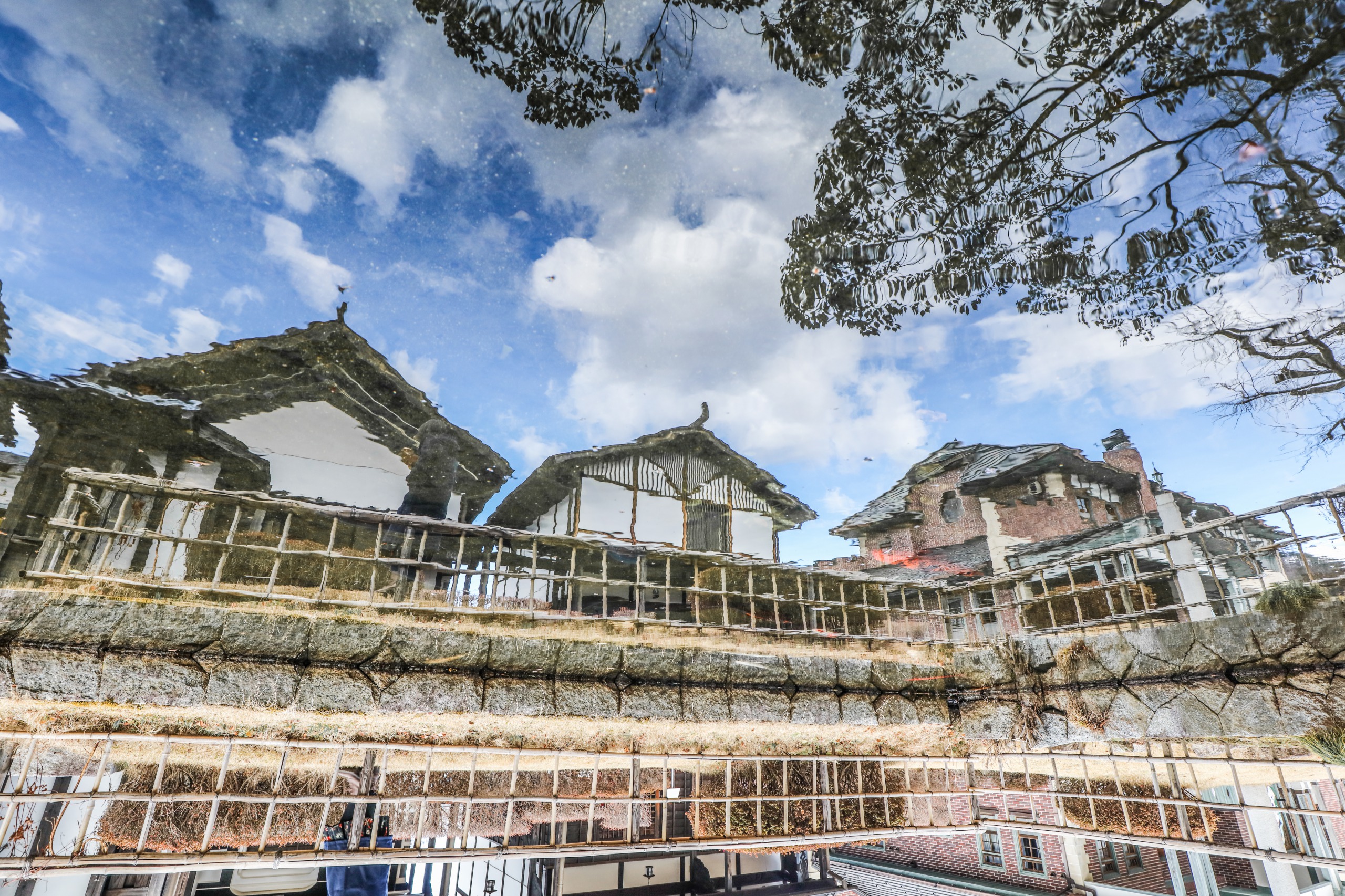
It is said that if you ever want to know the age of a town, check its buildings. Today I had a thorough “check” of Marumori buildings in order to know its stories and past.
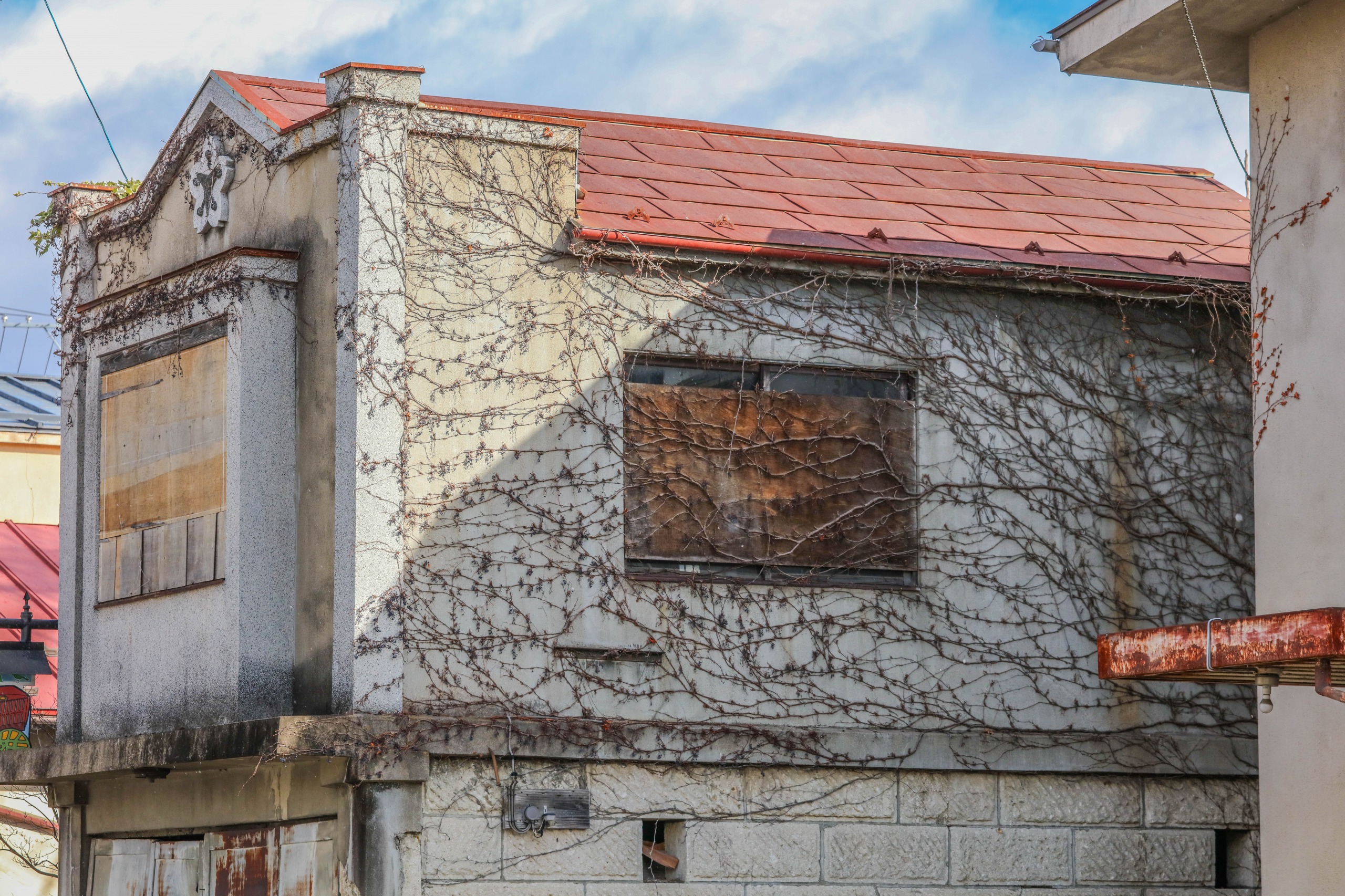
I had a thorough introduction of Marumori’s street view in my last travel log about Marumori, but this town is just so “magical” that you get different sightseeing feelings even just at different times of the day.
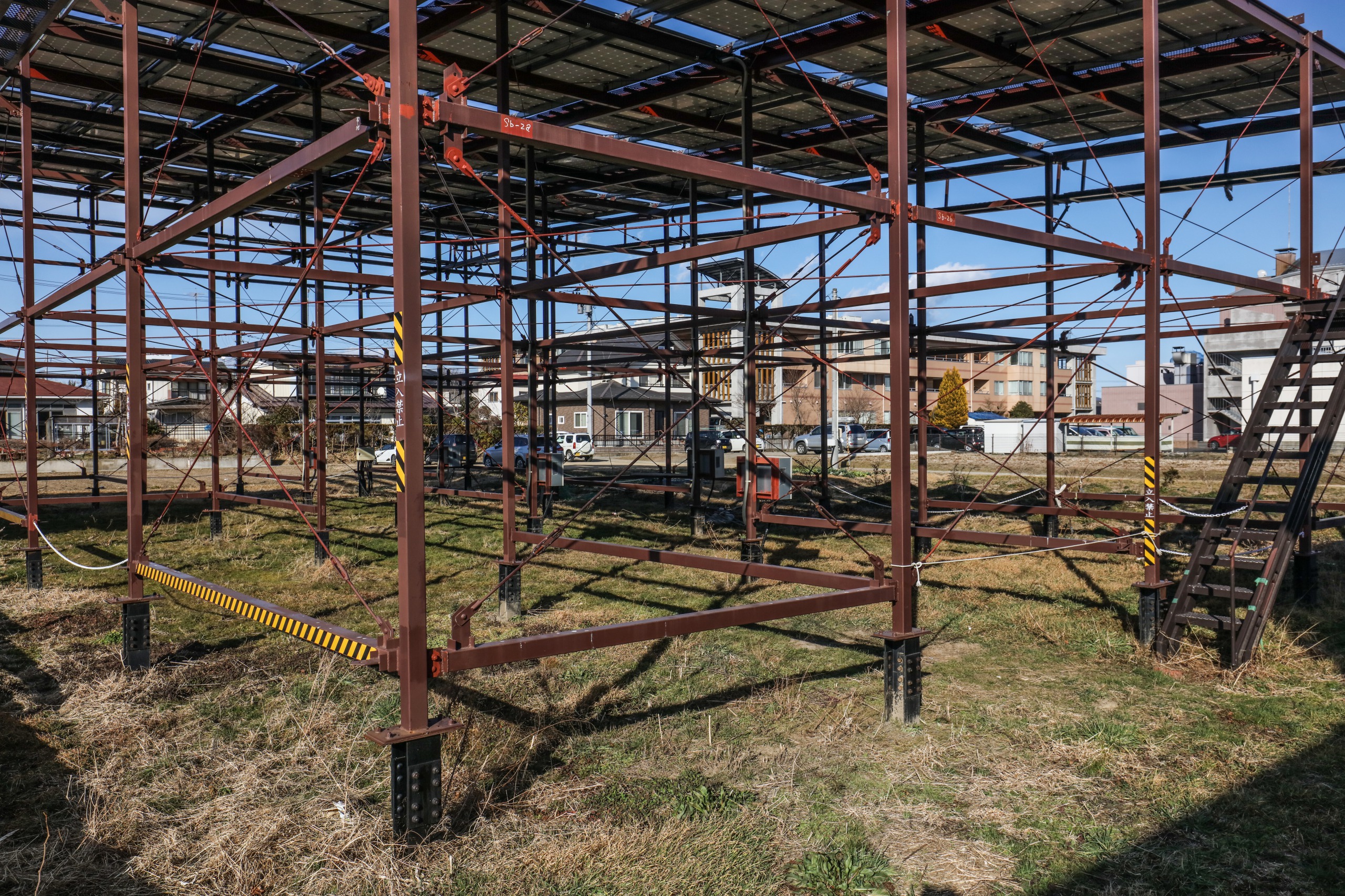
Hereby I put some street view of Marumori again in this article. I made a right decision to spend three days in Marumori, otherwise it is simply not enough to see the full image of the town.
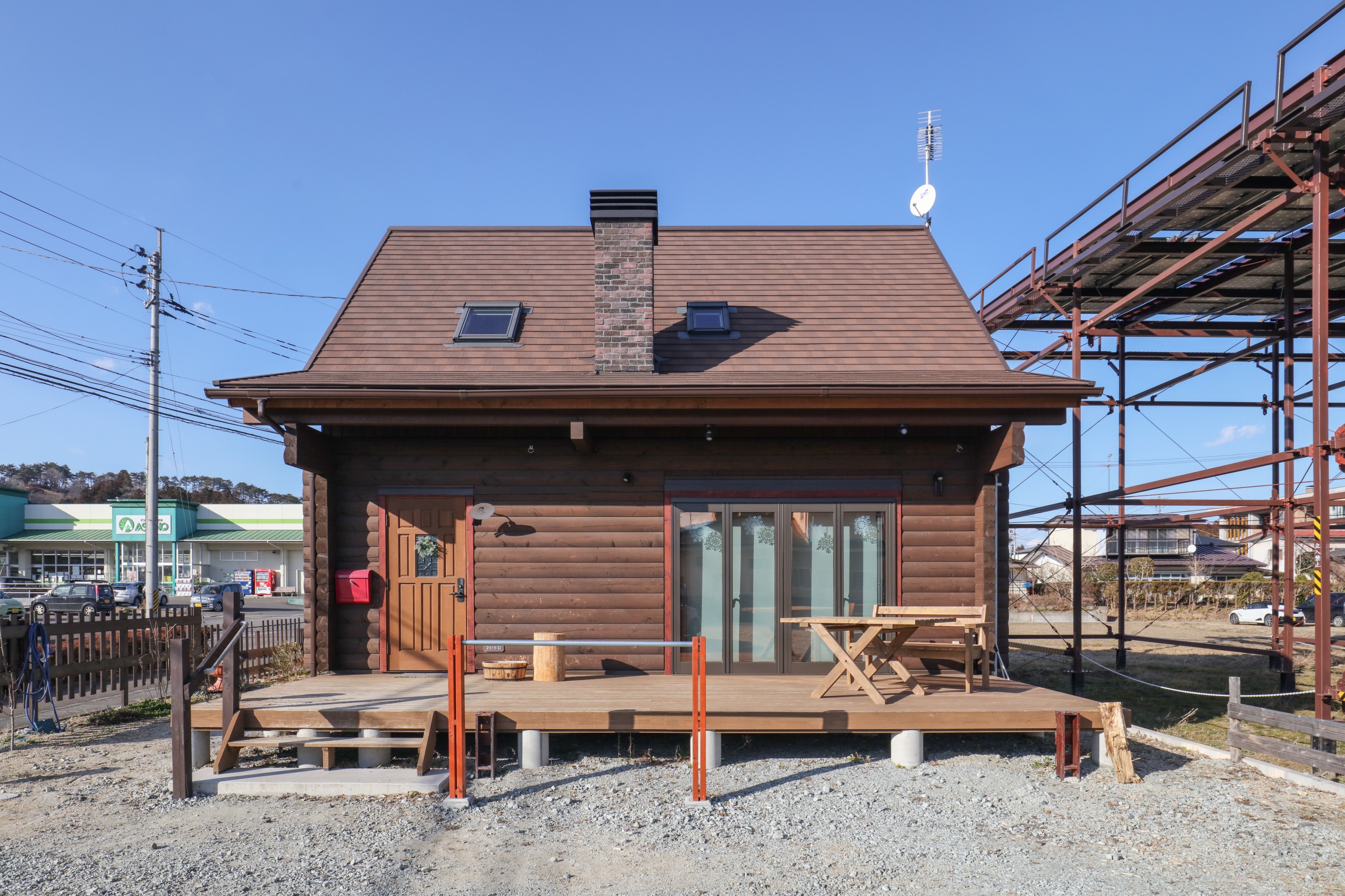
This house is a coffee shop at Marumori, every morning the sunlight will pierce through the window.

Staying for so long in Marumori, I began to have the illusion that everything in Marumori is golden – it’s just because the sunshine was so beautiful.
齋理屋敷-The Must-Go Tourist Site in Marumori
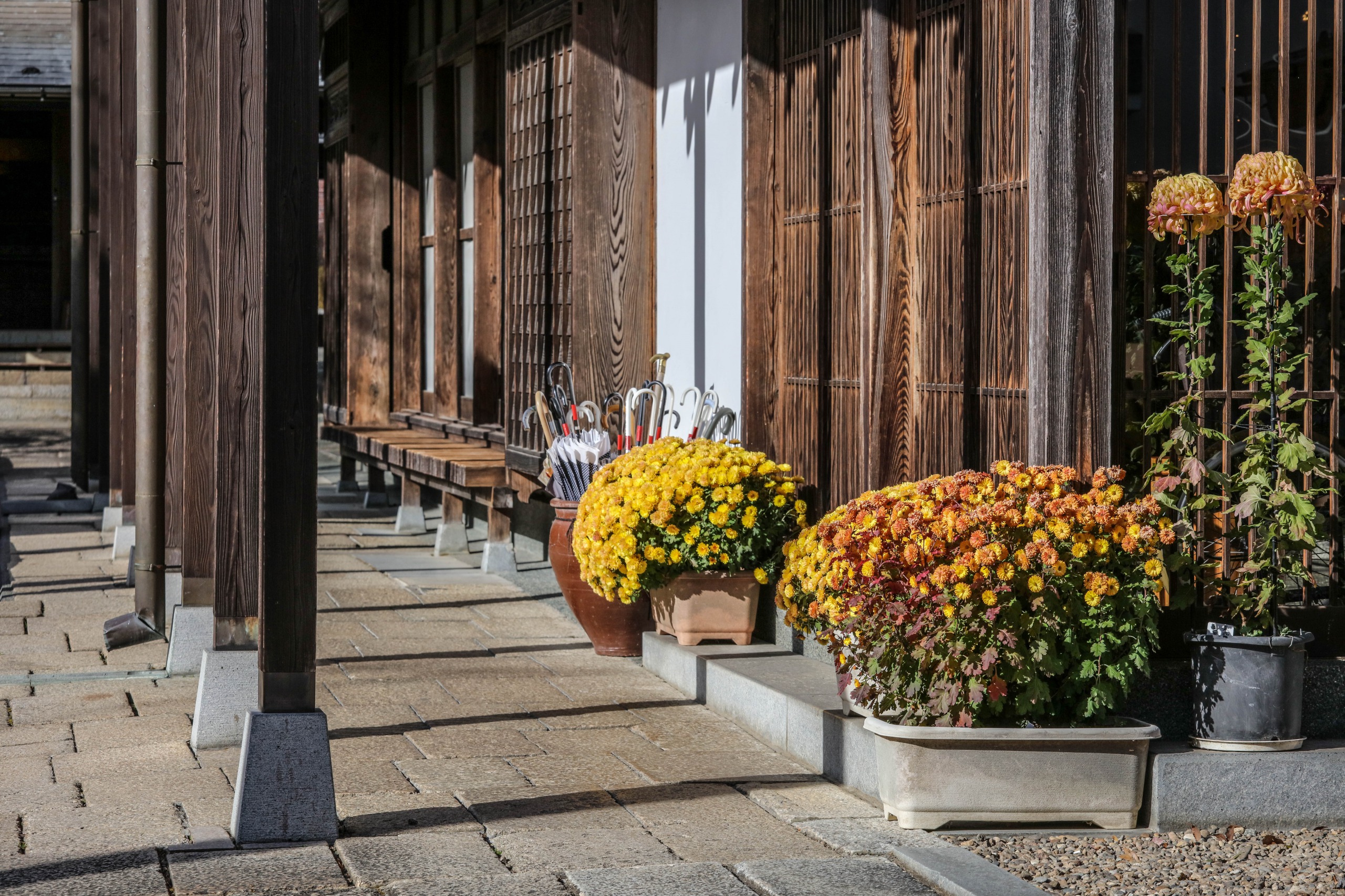
Sairi-Yashiki used to be the old storehouse as well as the local hall for a period in history. Now the whole Sairi-Yashiki Area is used as a historical museum as well as a local cultural activity center.
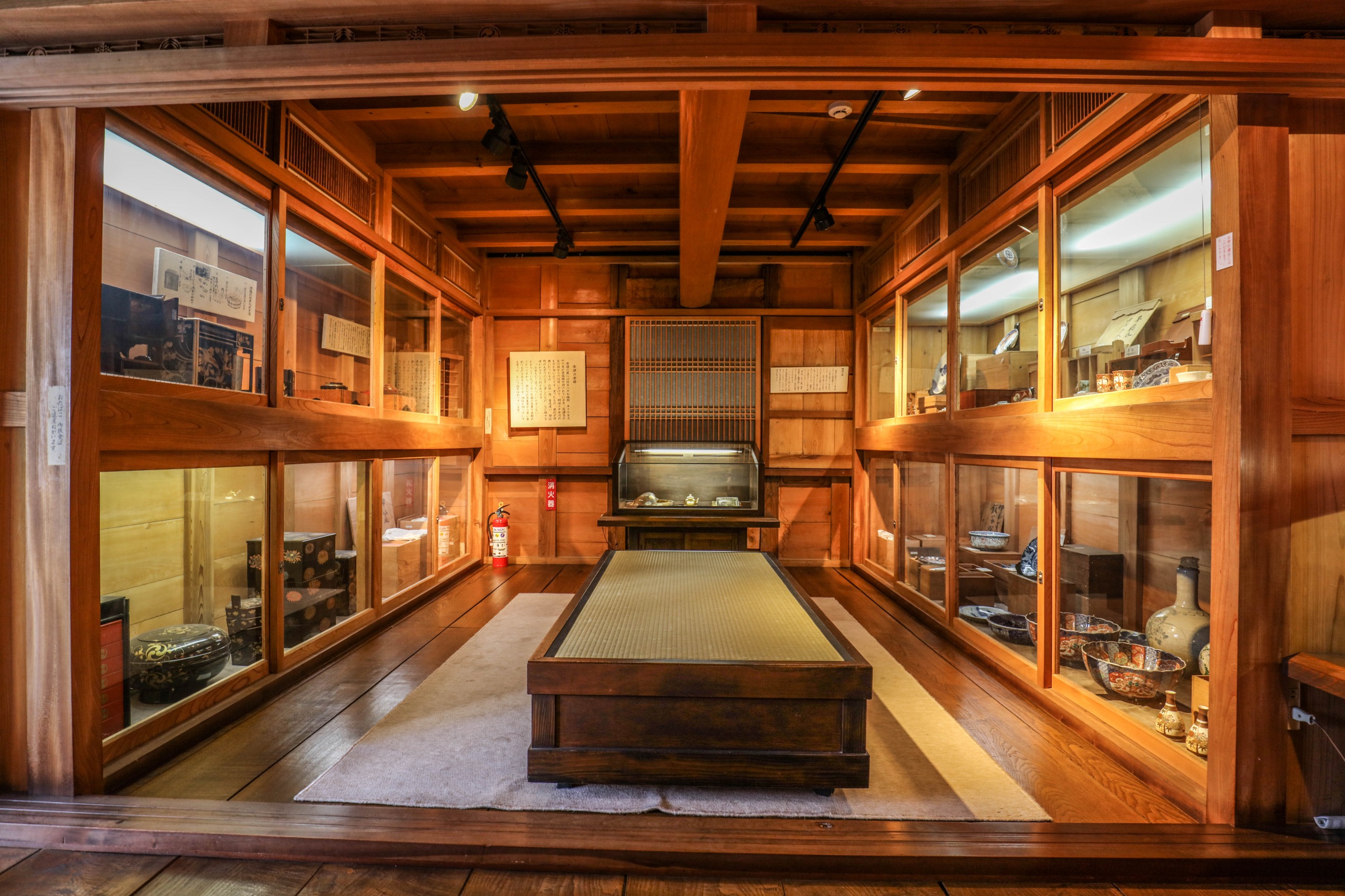
On the left of the entrance is a very traditional warehouse, now it is used as a display room for some of the precious treasures in Edo period.
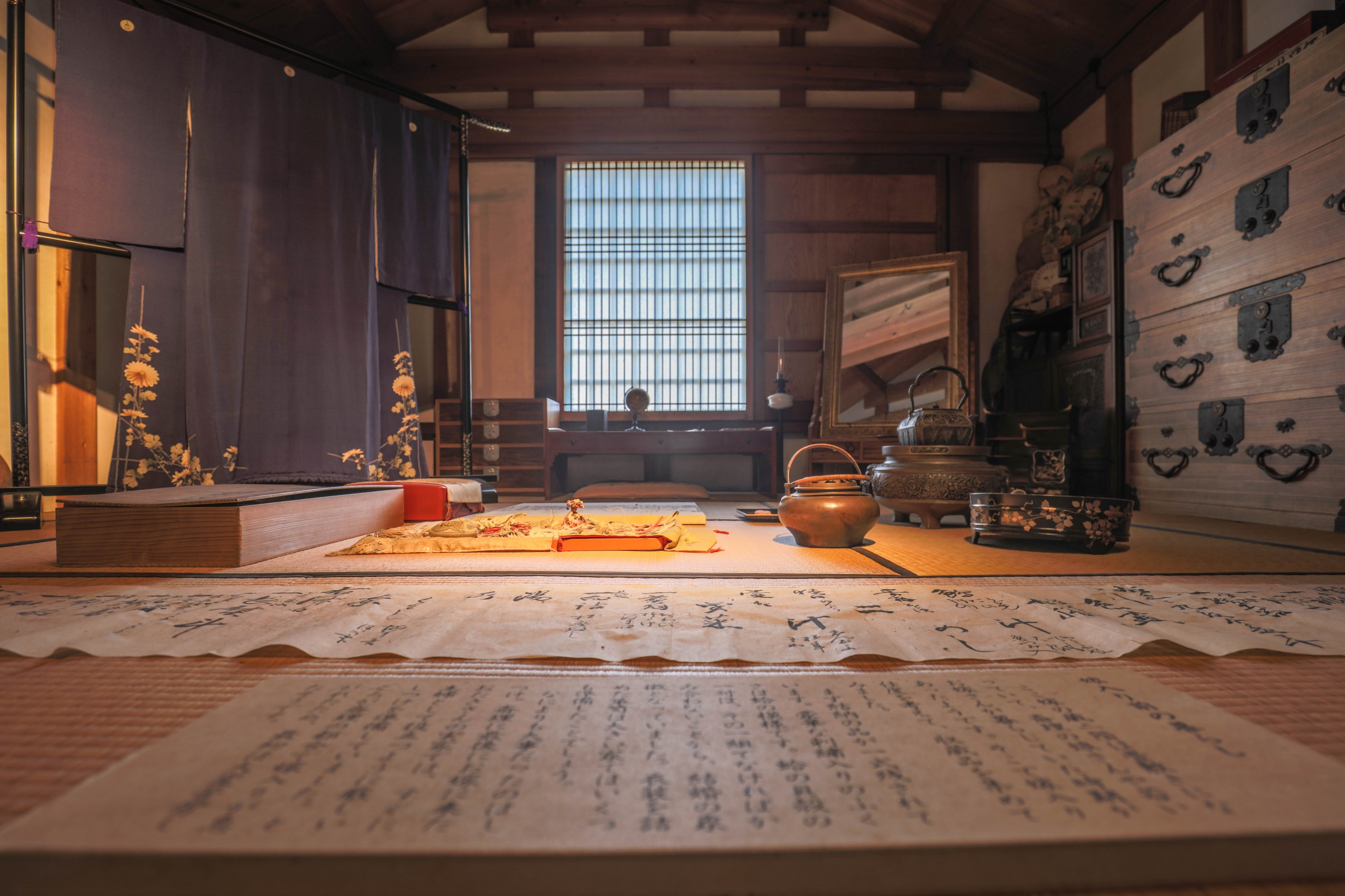
The second floor of this building is a traditional Japanese Tea House.
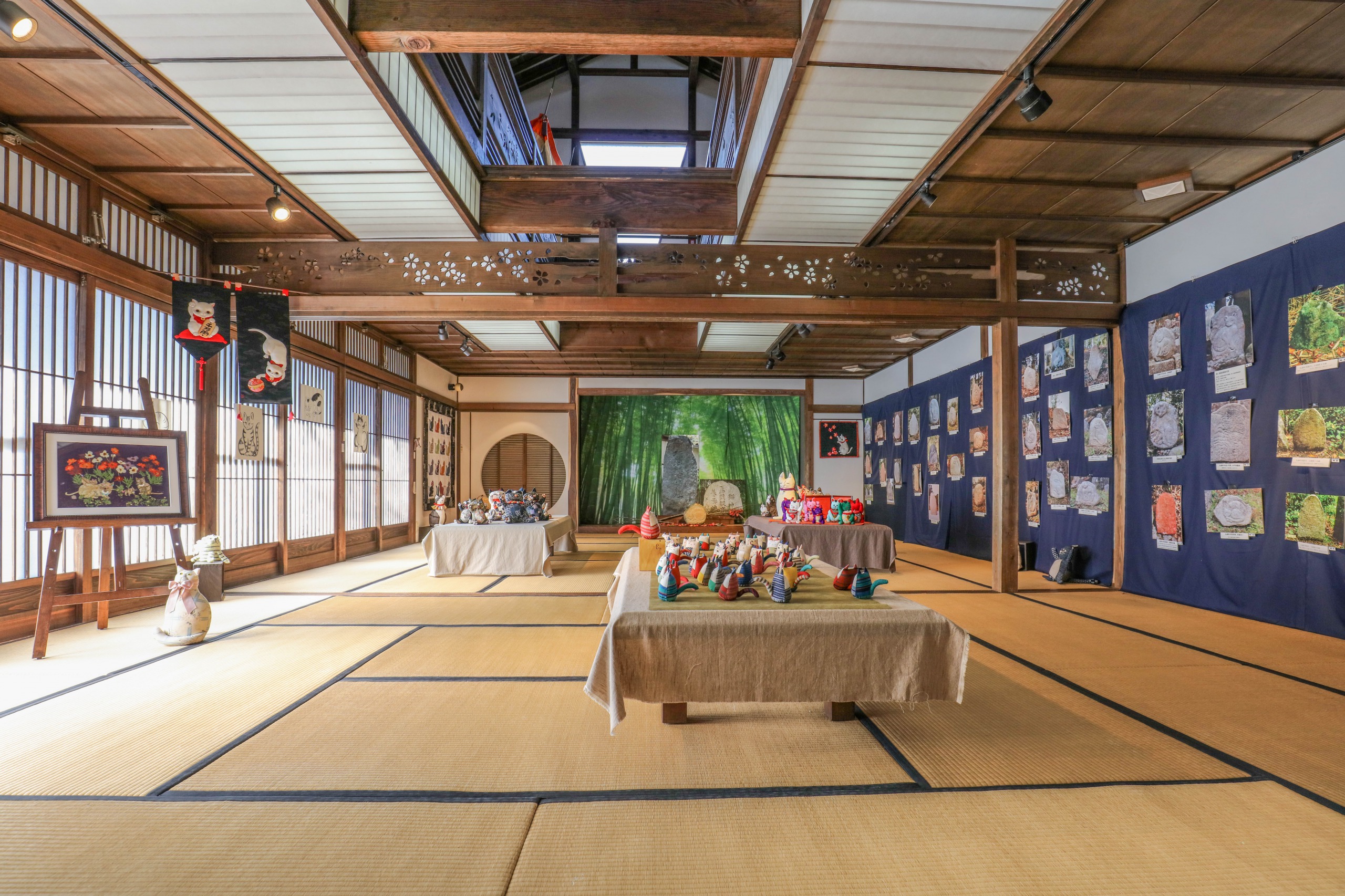
The big building (one of the largest warehouses in Sairi-Yashiki) not far away from the front door is now the museum for Japanese tea culture and handicraft display.
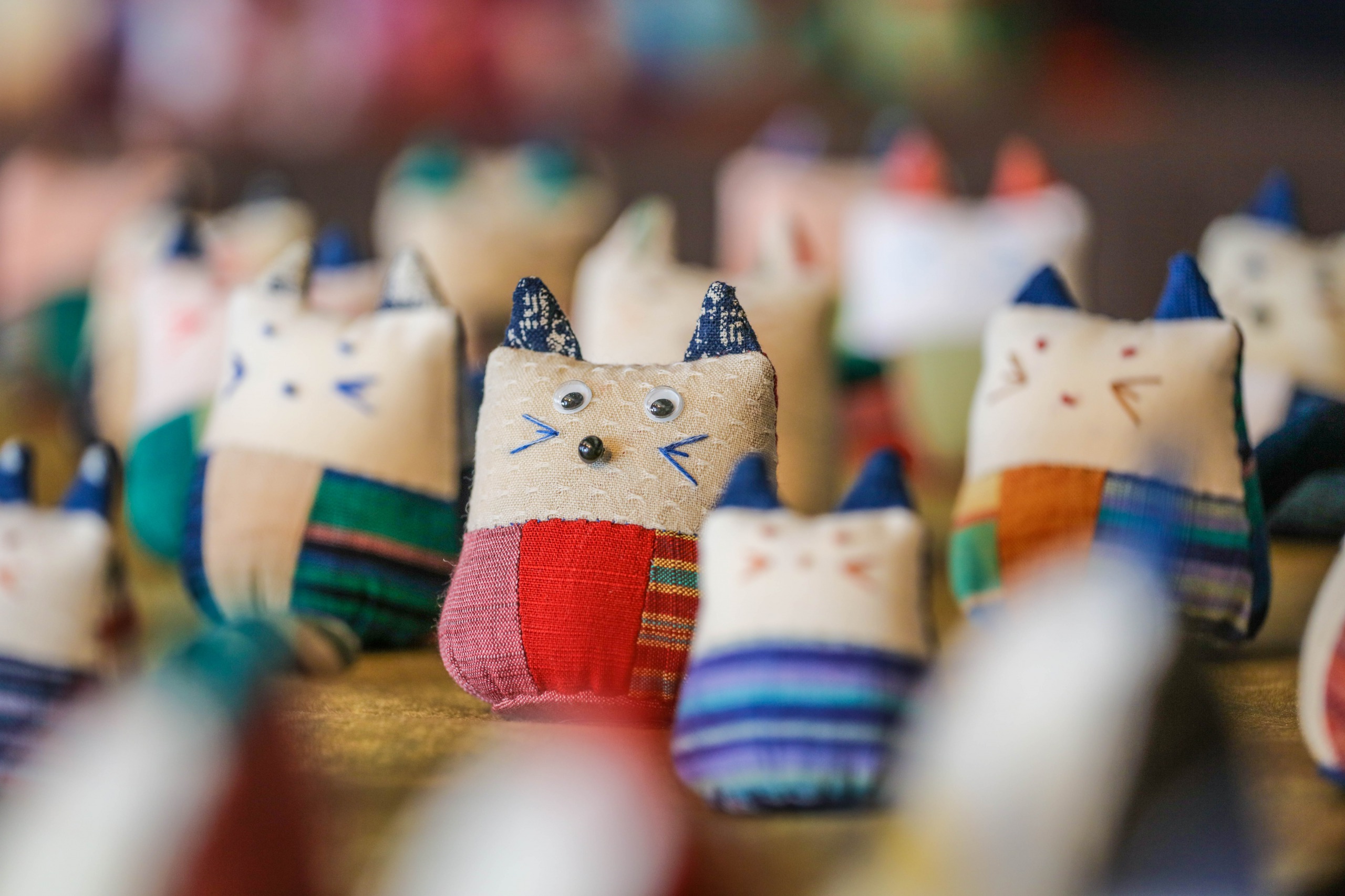
Check out those handmade cat dolls, they are colorful and amusing.
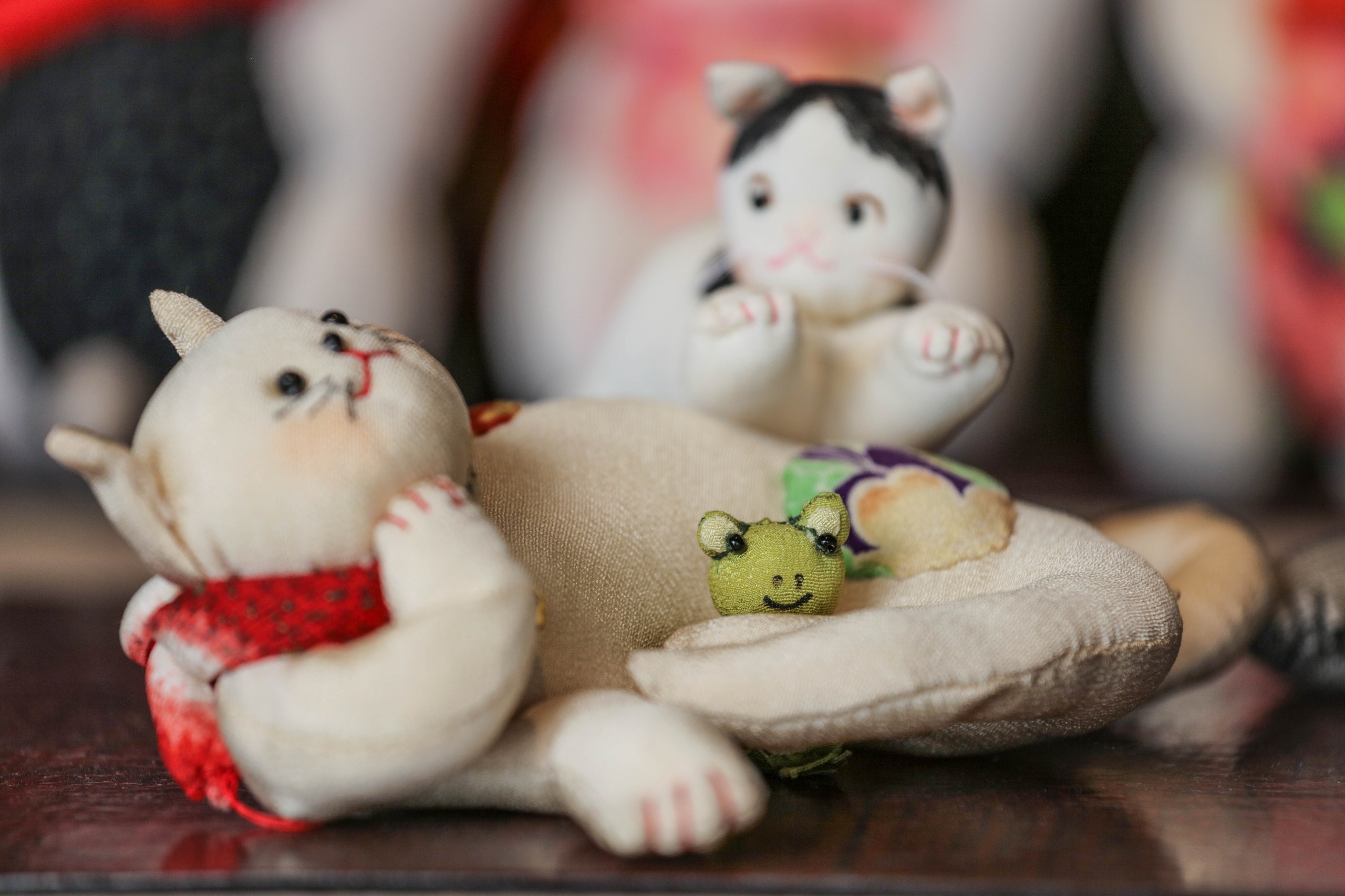
Among them my favorite cat is this one.
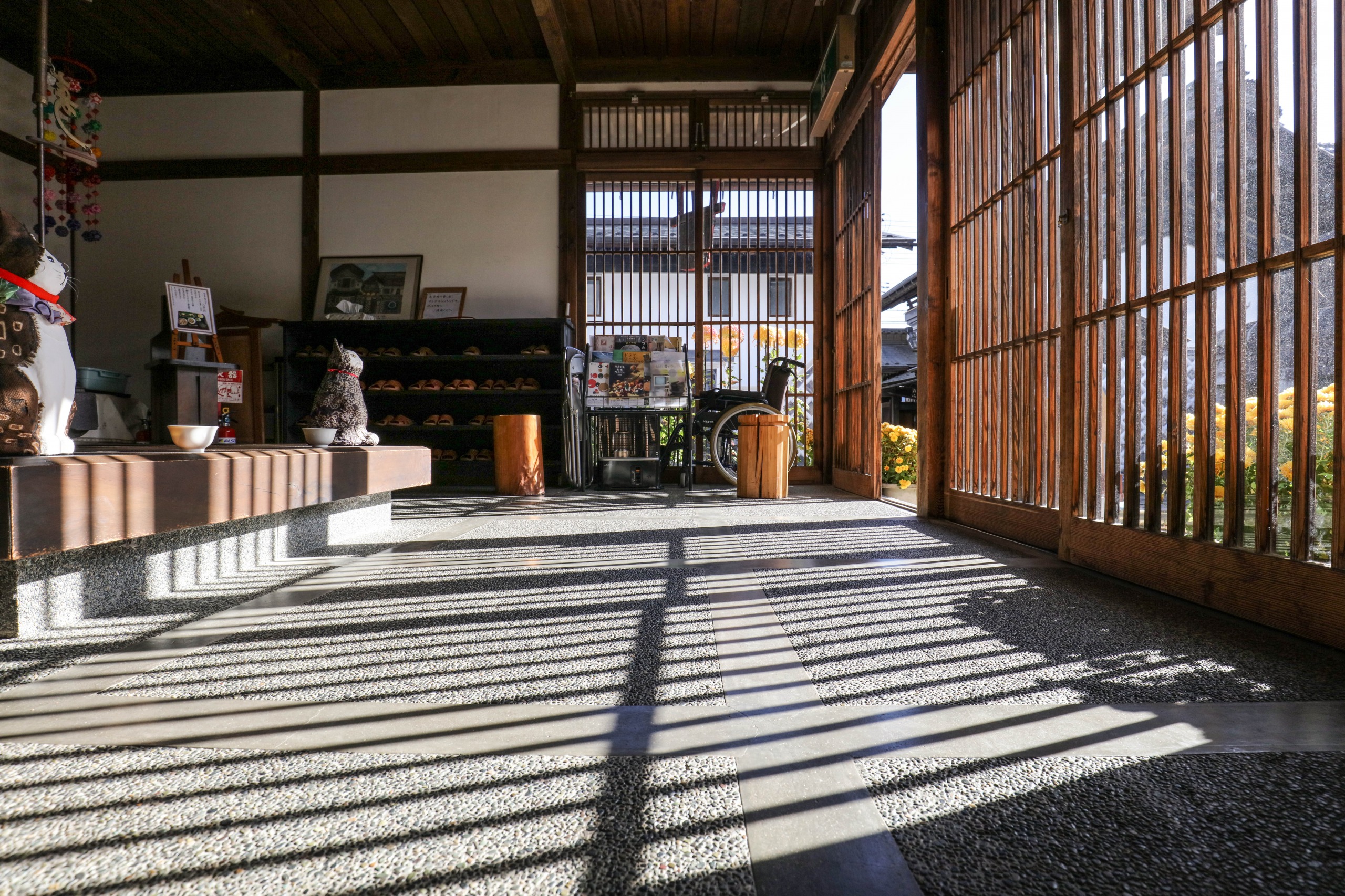
The sunlight came through the washi paper door, and the shadows looks fascinating.
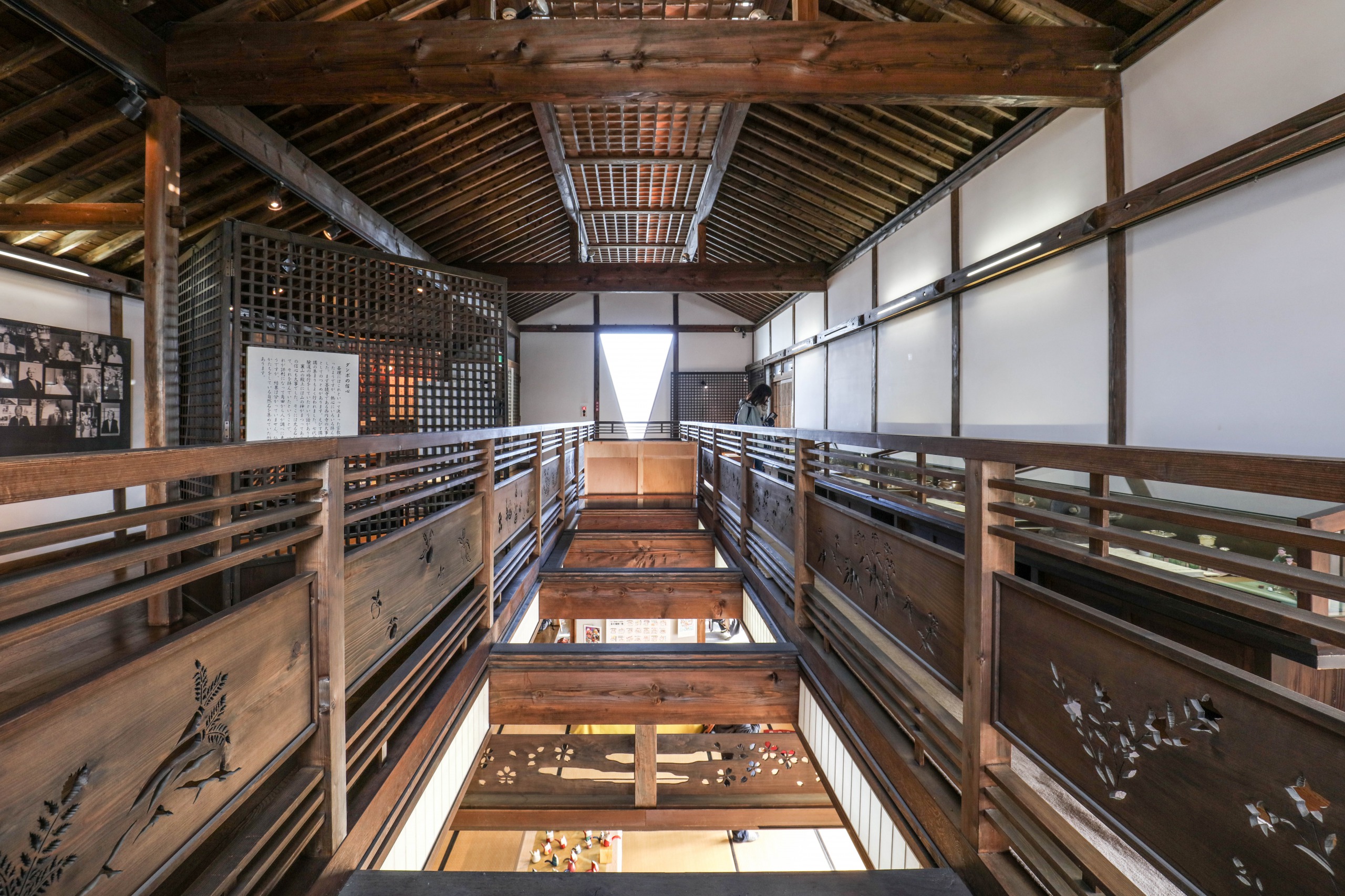
The second floor also has huge amount of great treasures.
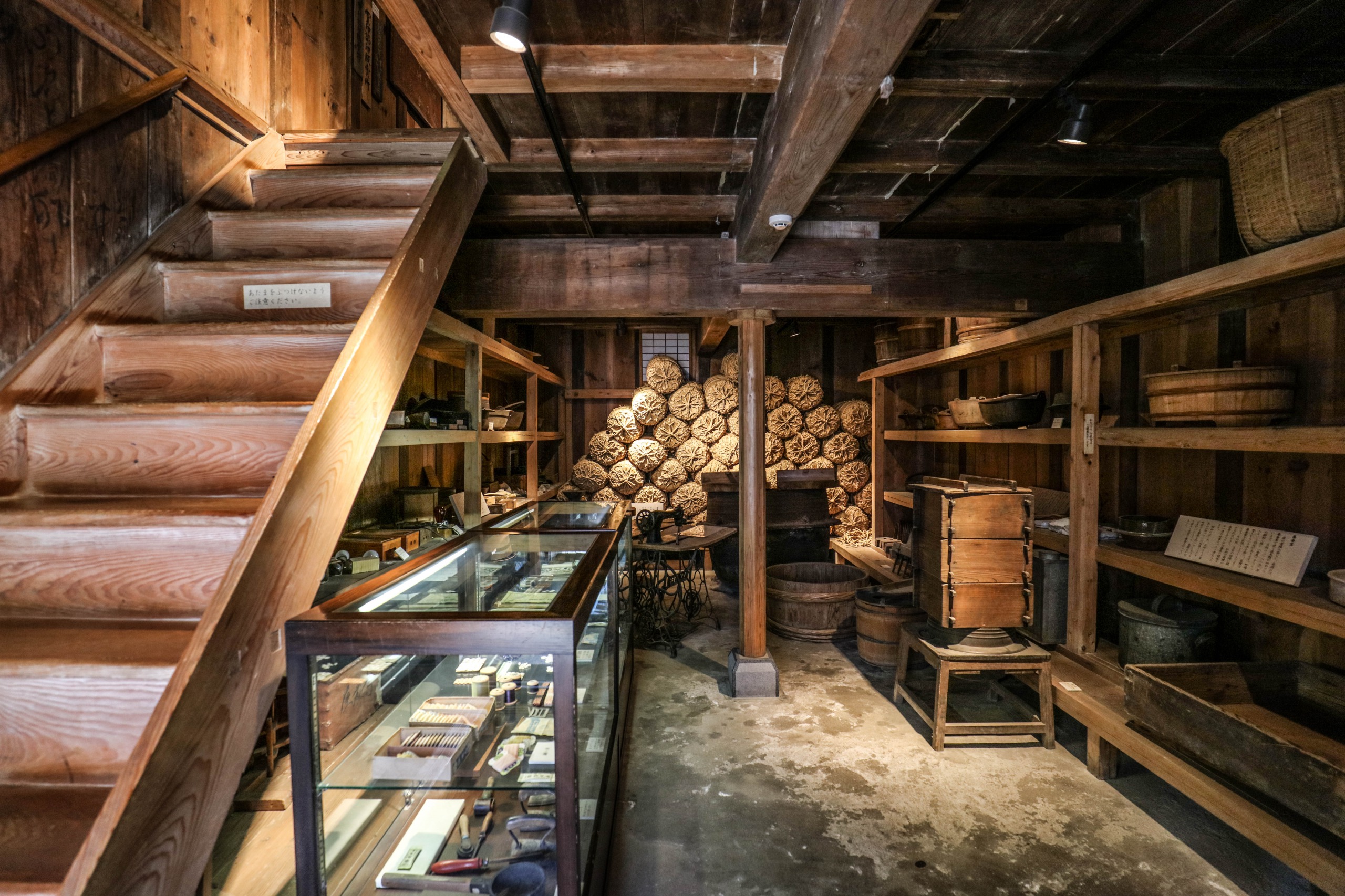
The old Store Houses in Sairi-Yashiki are good places to experience the Japanese Architecture from the Edo Period for over seven generations.
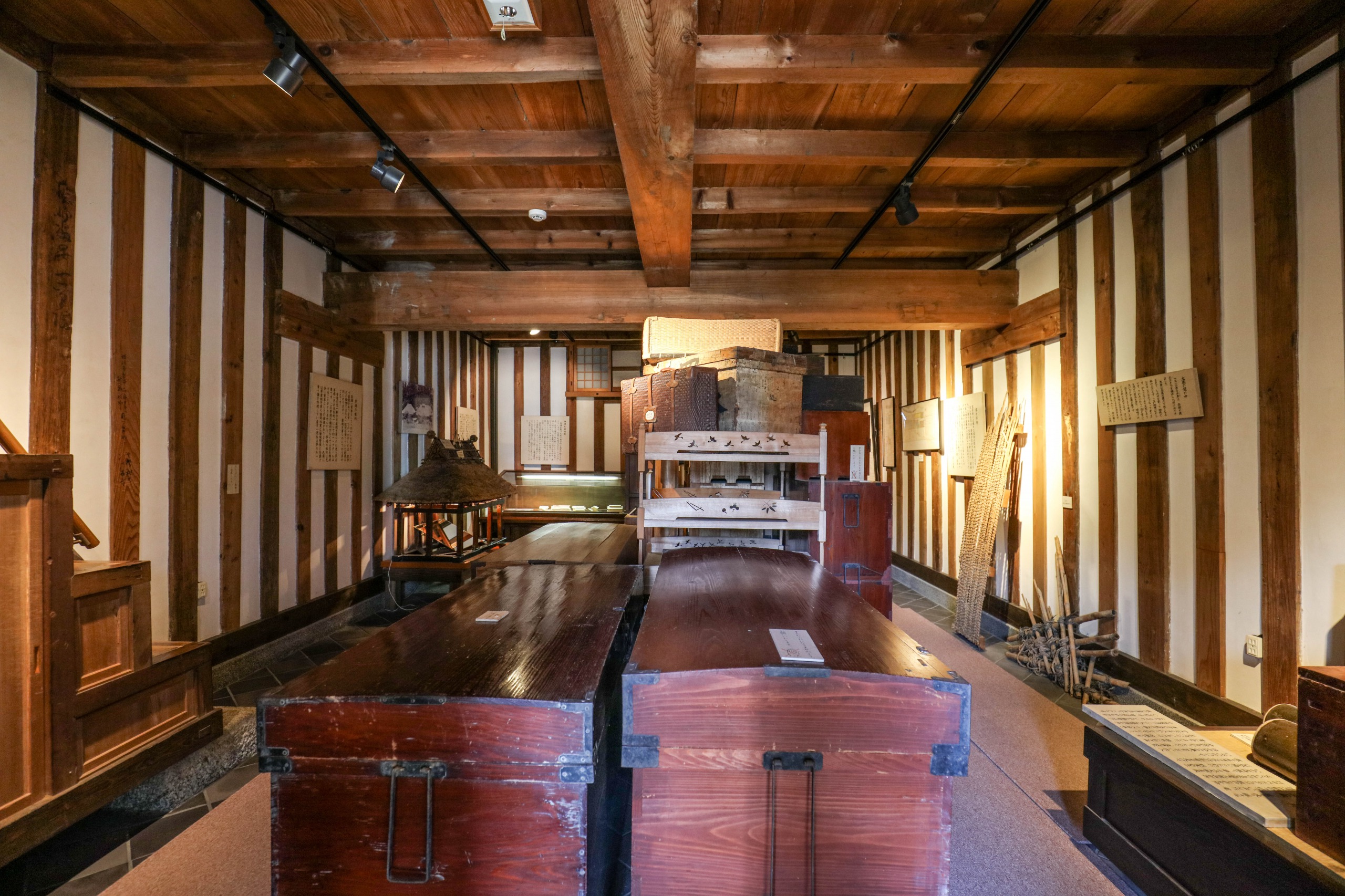
Those store houses were used by merchants doing business along the Abukuma River.
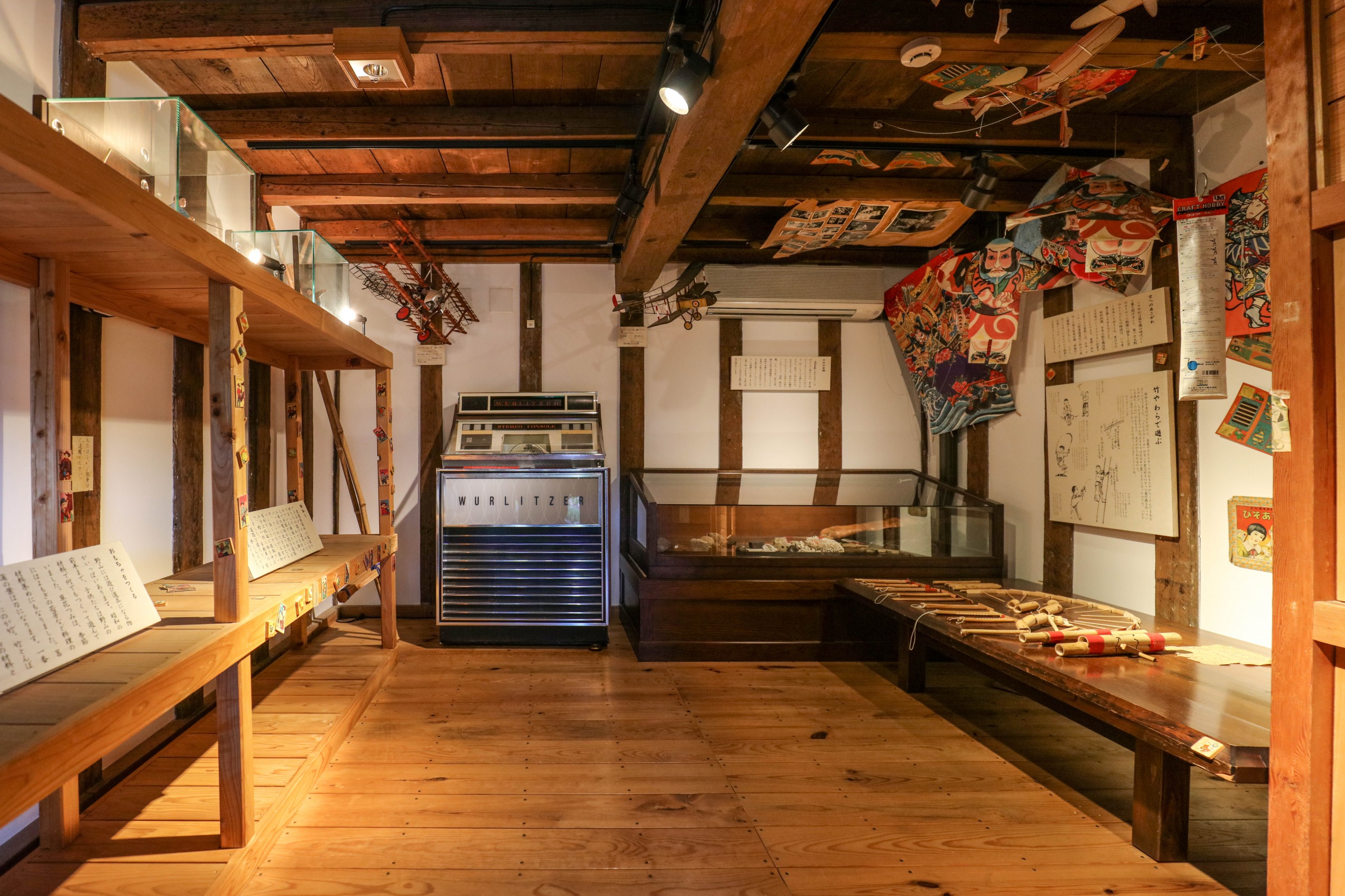
Since 2010, the warehouses and the stone baths were recognized as registered tangible cultural properties
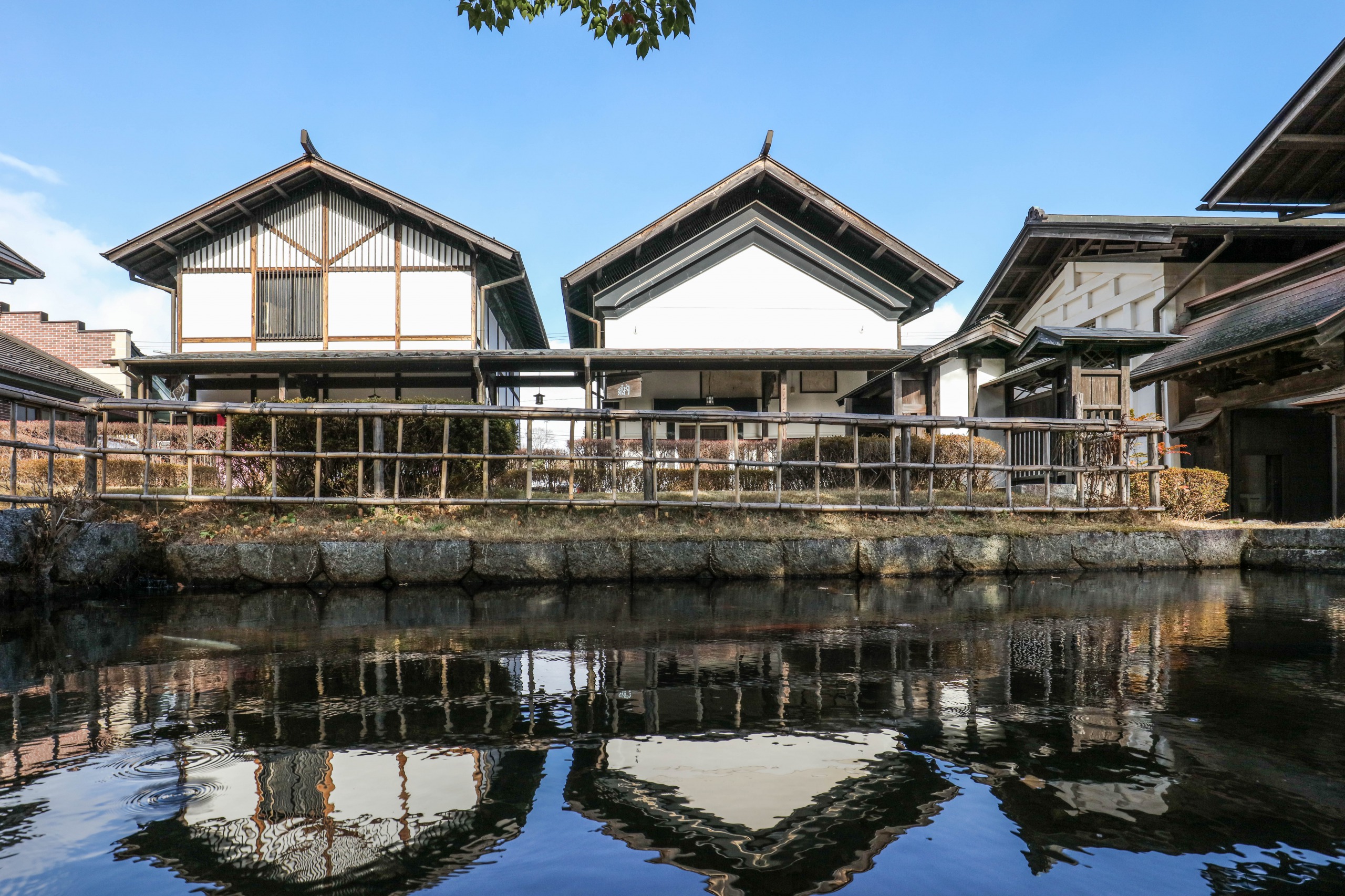
Those warehouses looked really great under the sun.
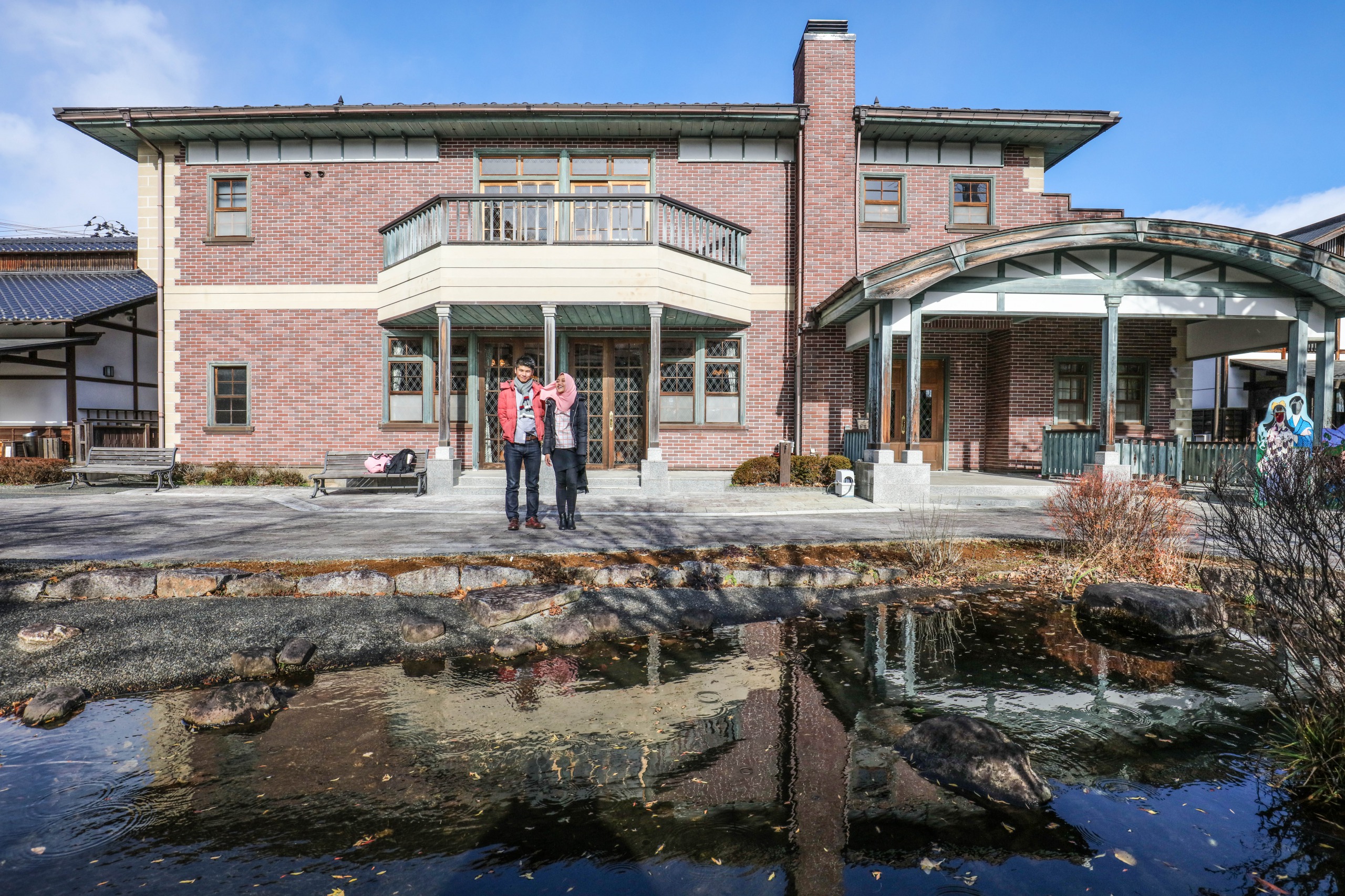
There is a huge mansion at the backyard of Sairi-Yashiki, although built several decades ago, the mansion looked so modern.
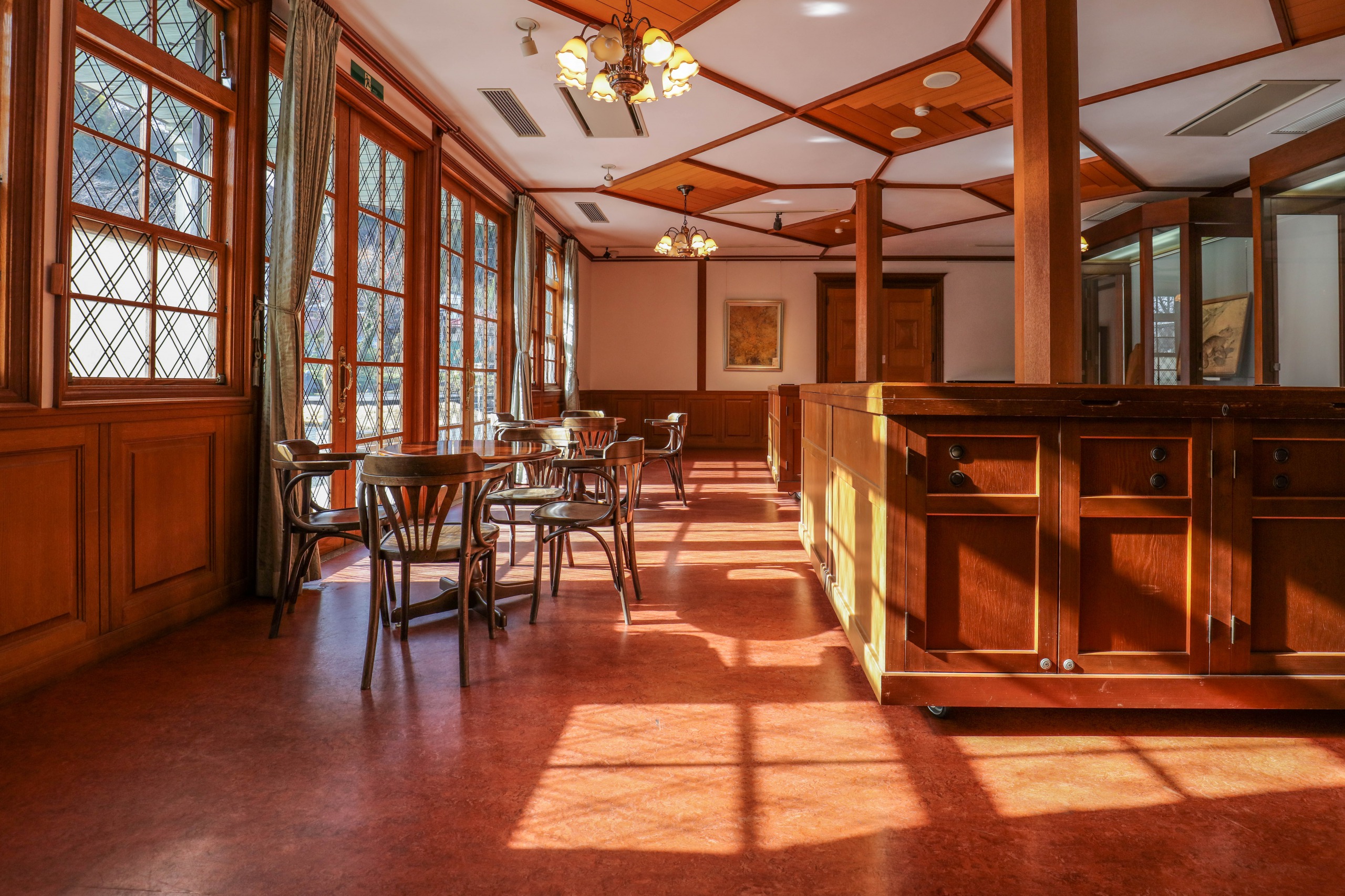
The interior decoration is otherworldly.

The stairwell is so extraordinary, reminds me of some of the oldest buildings in Tsinghua University.
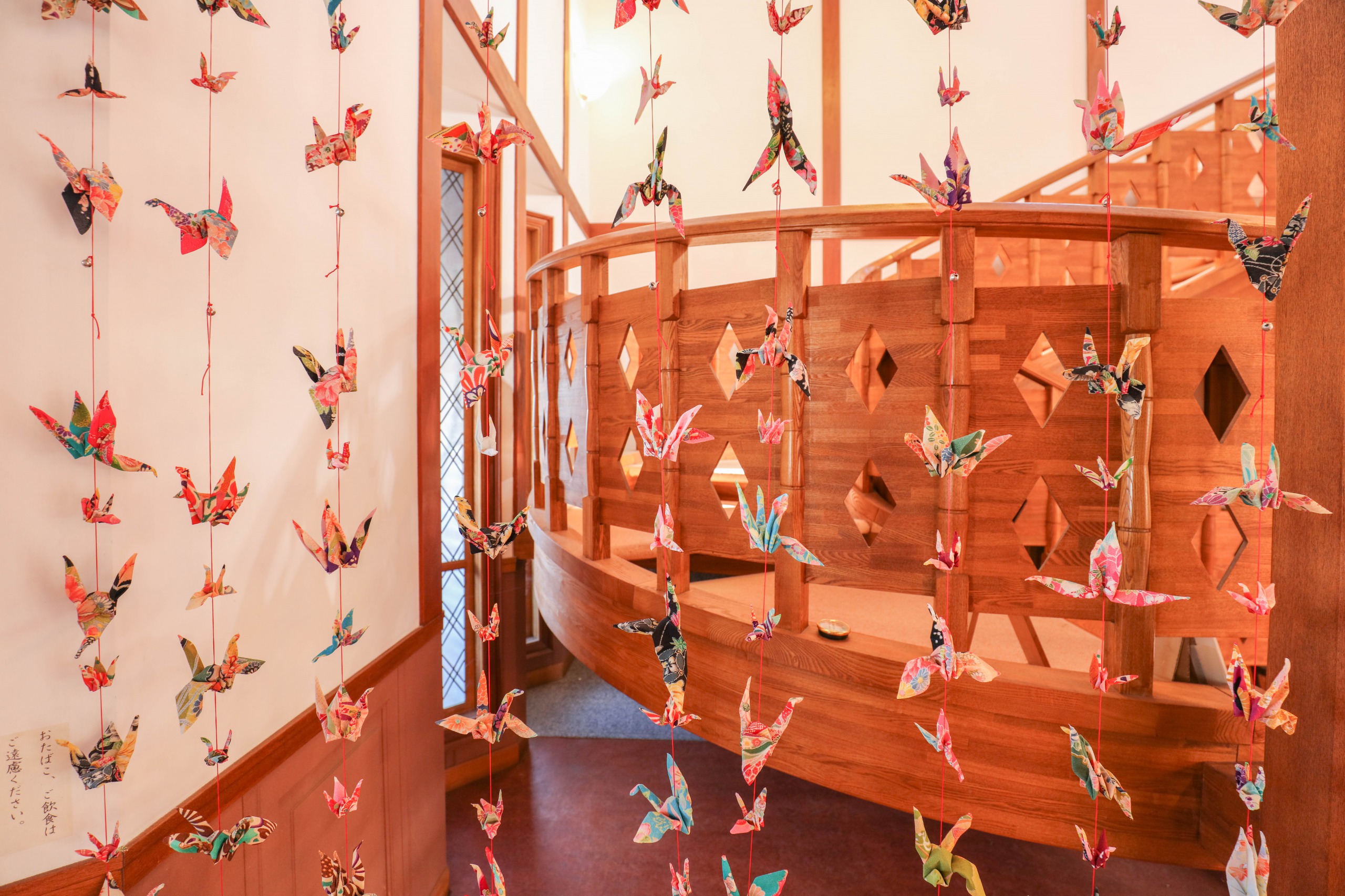
Every Japanese elements in the mansion surprised me.
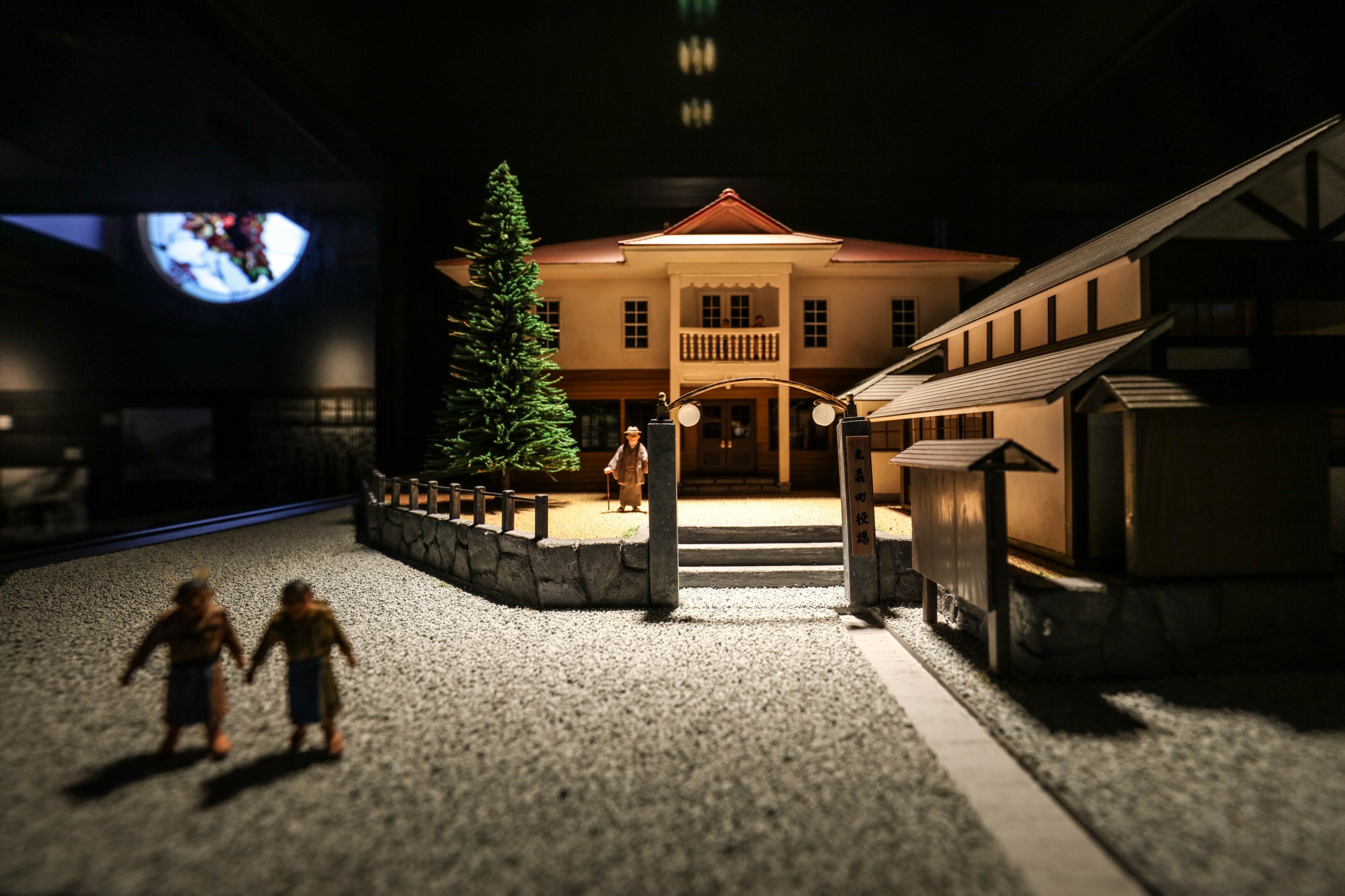
There is also a very interesting exhibition inside the mansion.
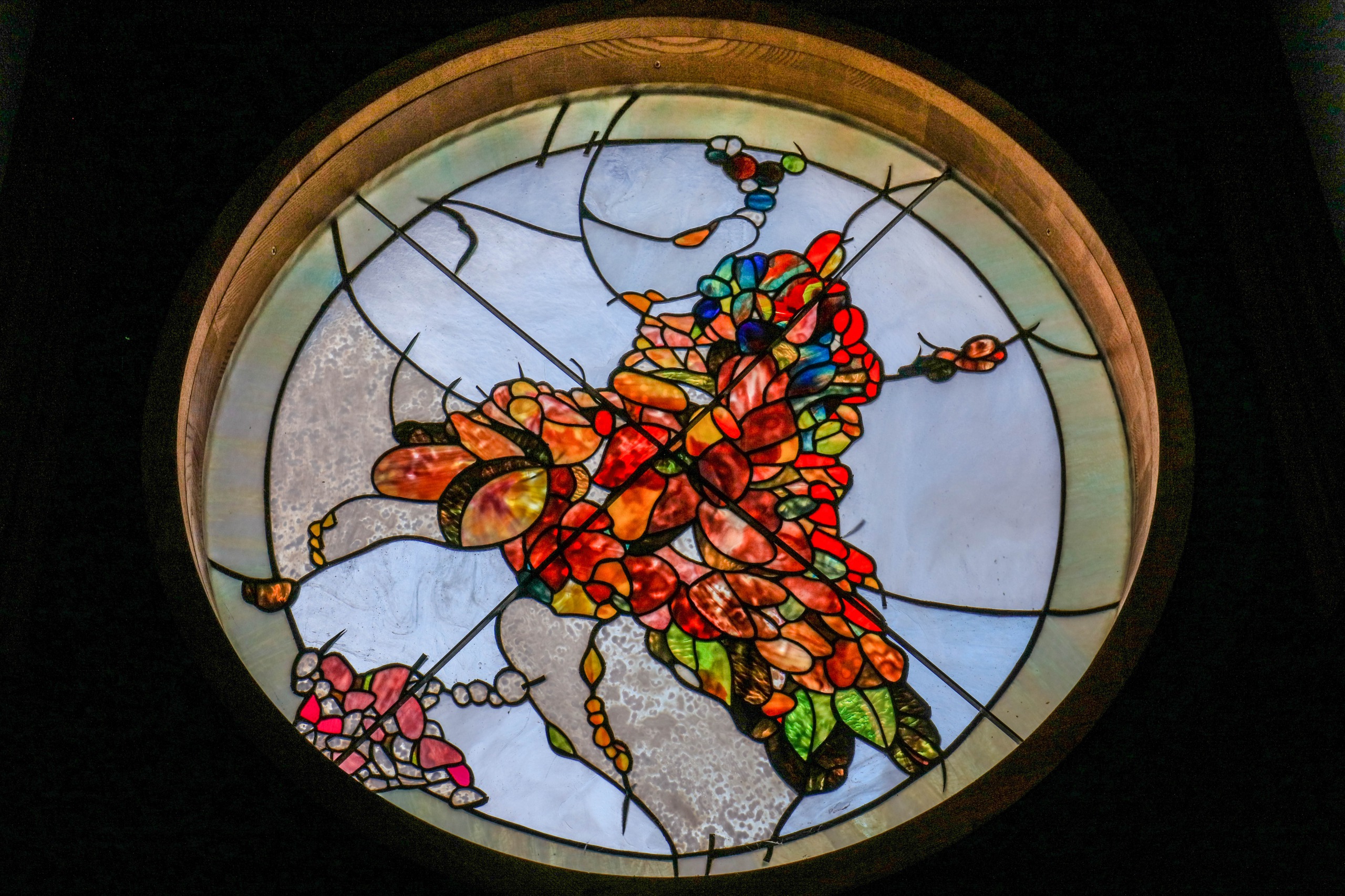
The window on the second floor may come from some European Churches.
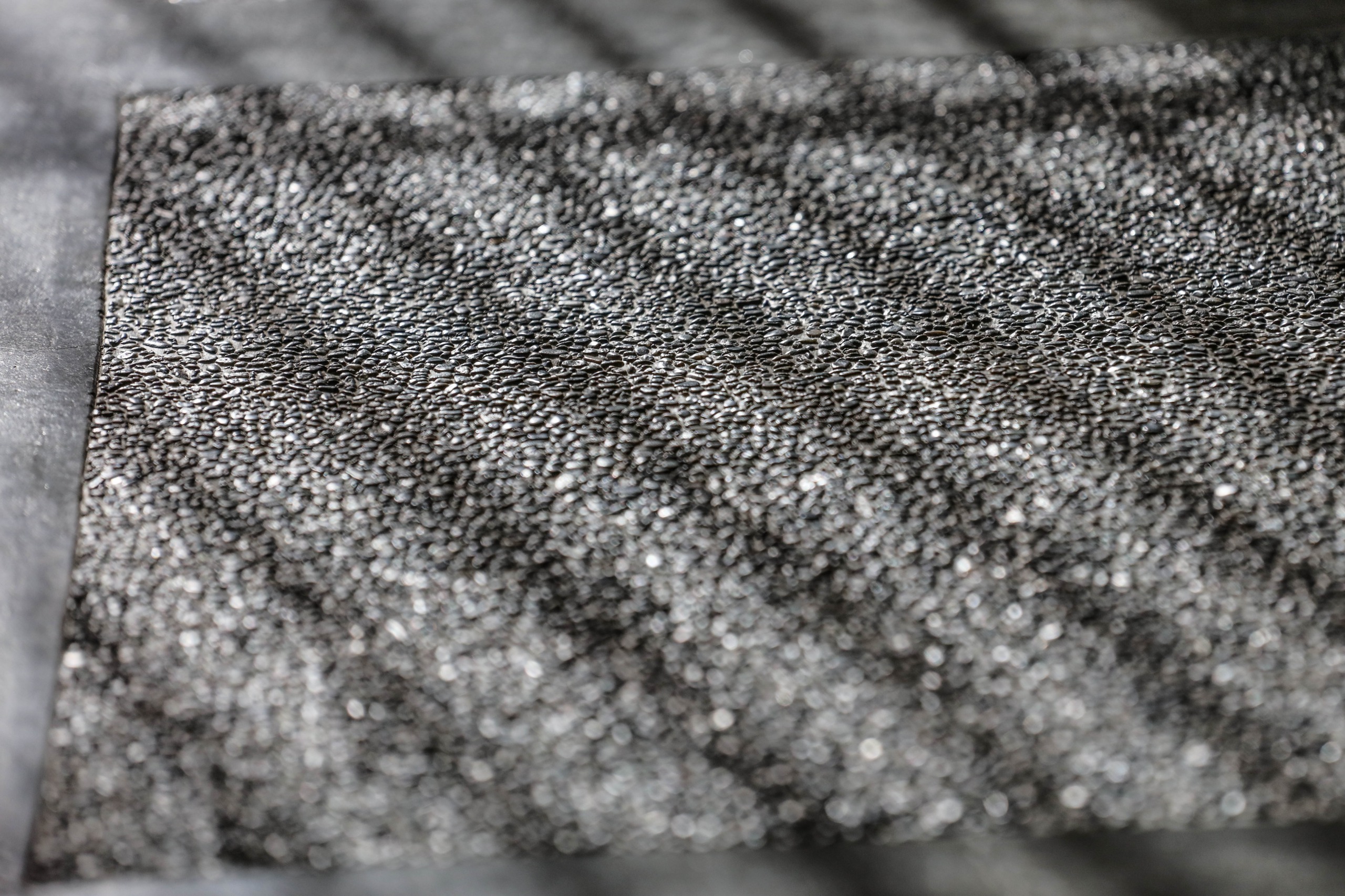
The address of 齋理屋敷, there are always interesting events holding at the stages of Sairi-Yashiki
まんま亭-A Well-known Bakery and Restaurant in Marumori
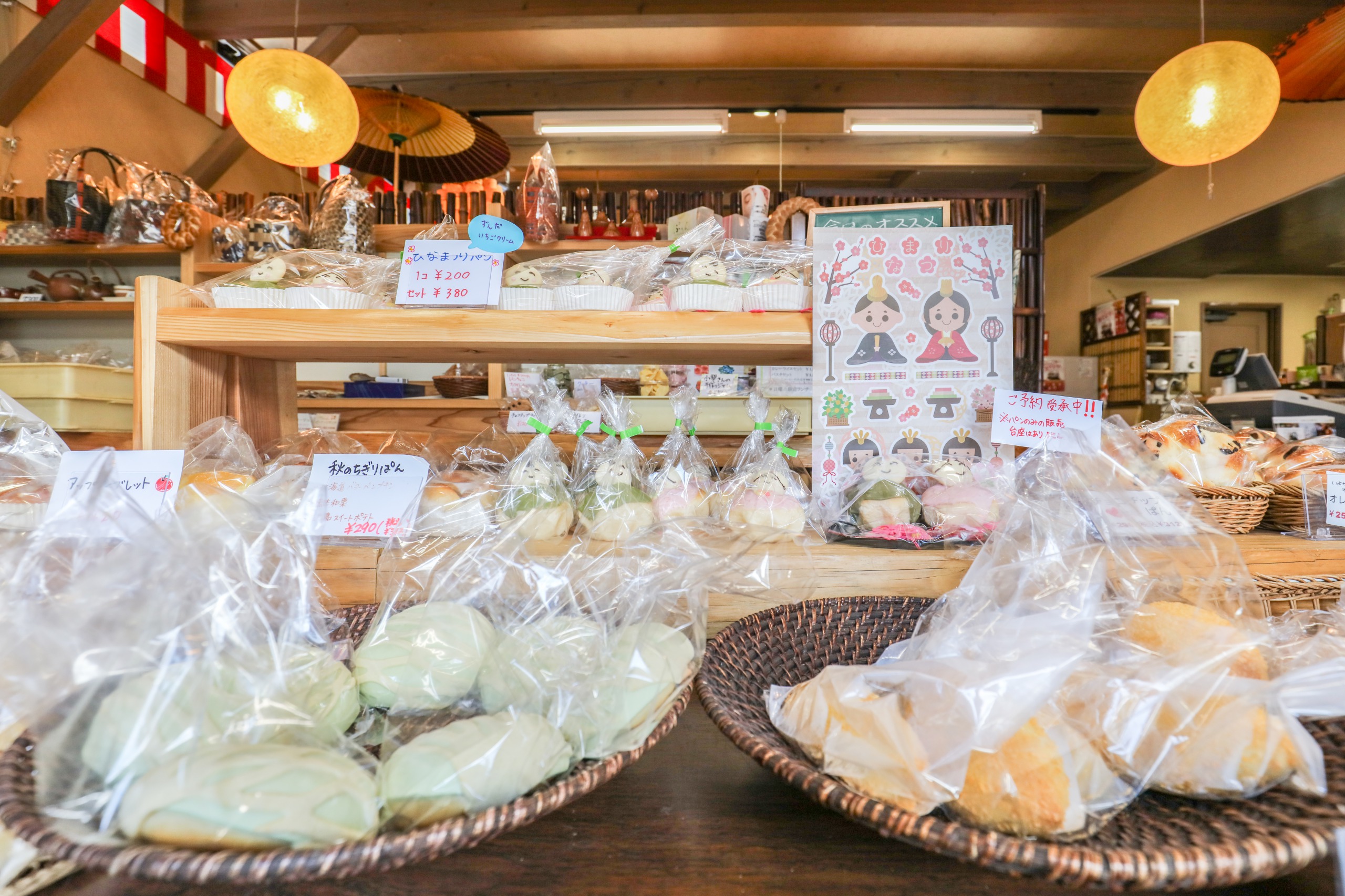
Every time I went to Marumori, I will buy a pudding at Manma-Tei Bakery (まんま亭). This time I tried several of its bread and cakes; I know I shounldn’t always stick to the yummy pudding.
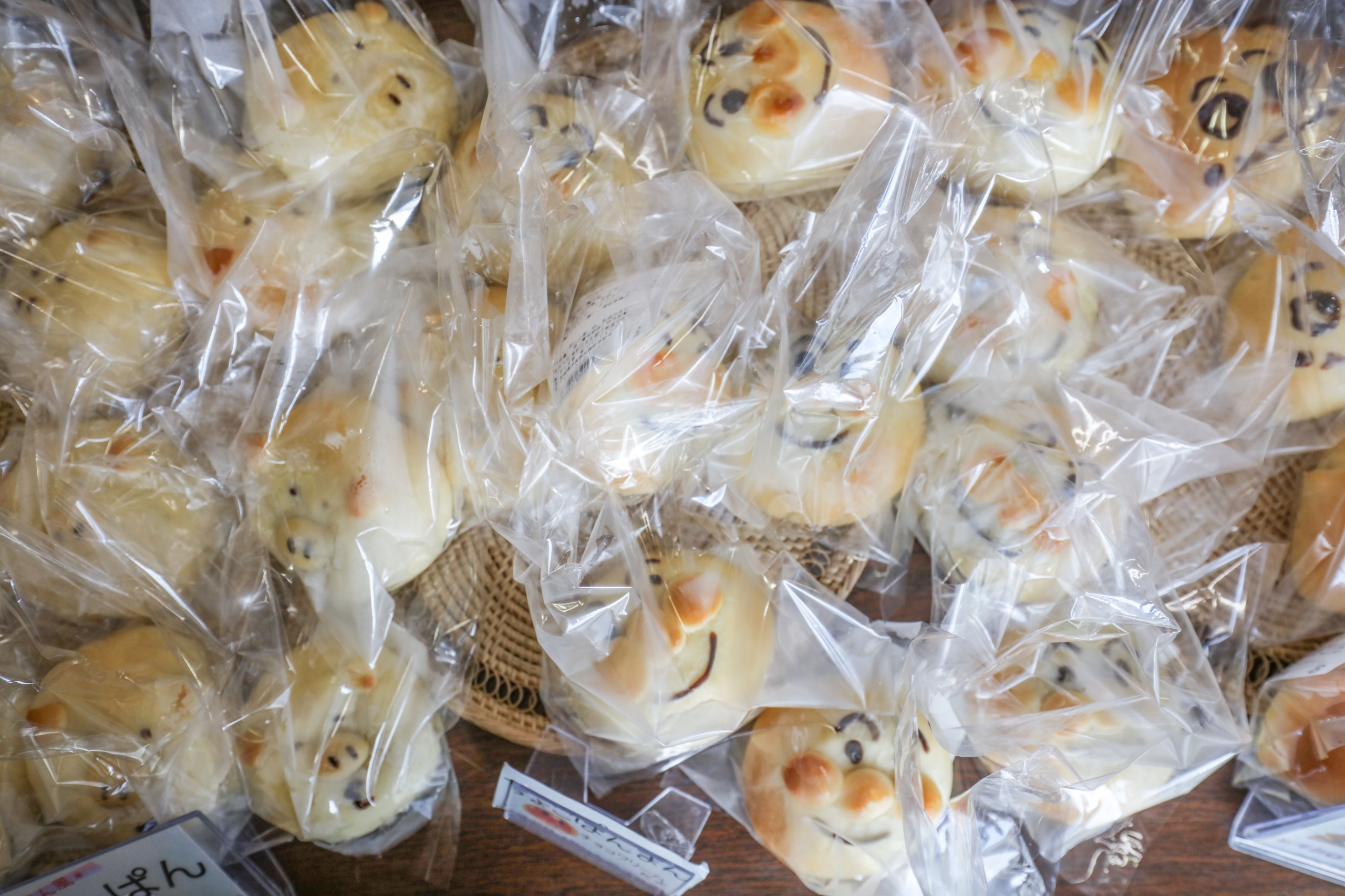
In fact, their bakeries are even better.
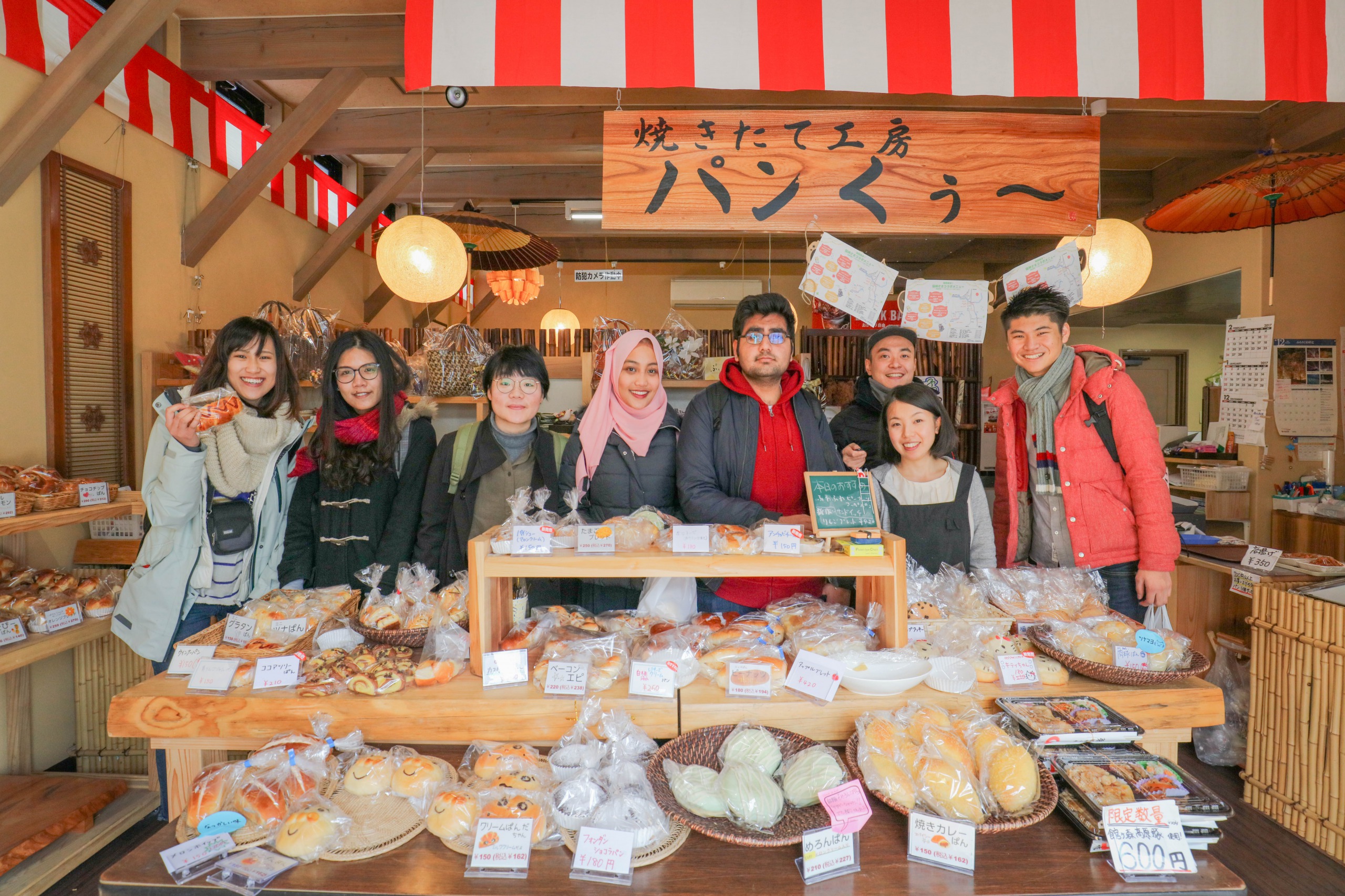
Last time I went to Manma-Tei Bakery was three months ago, with a bunch of foreign student from Tohoku University. After knowing my time schedule today, I was asked by them to bring some bread and cakes back home.

Today I was surprised by Manma-Tei, when knowing that it is not just a bakery, but a restaurant as well. The first floor of Manma-Tei is used as the bakery, while the second floor is a Japanese style restaurant. Being next to Sari
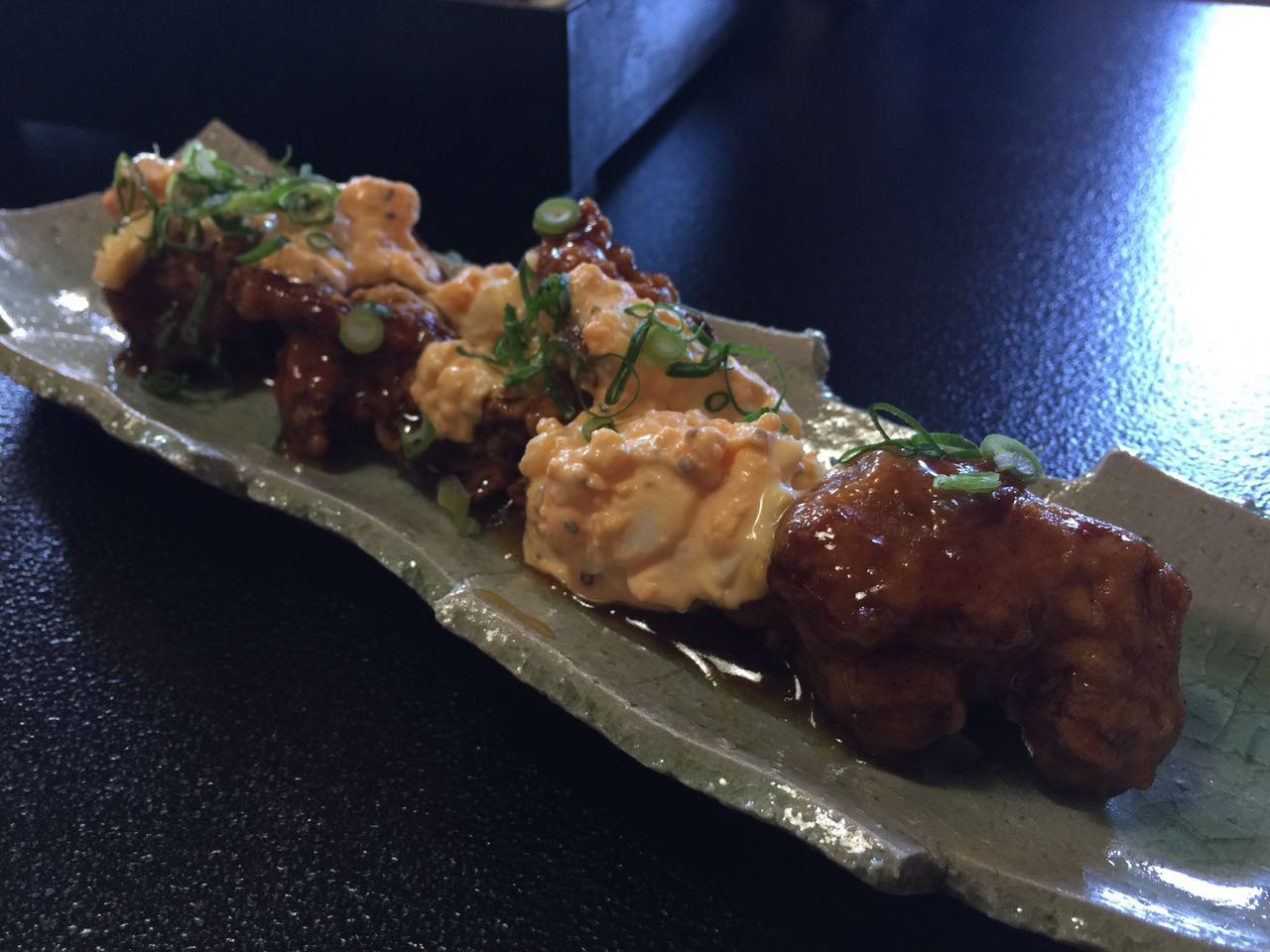
The addressまんま亭 of is as follows.
手しごと館-Marumori Recreation Center
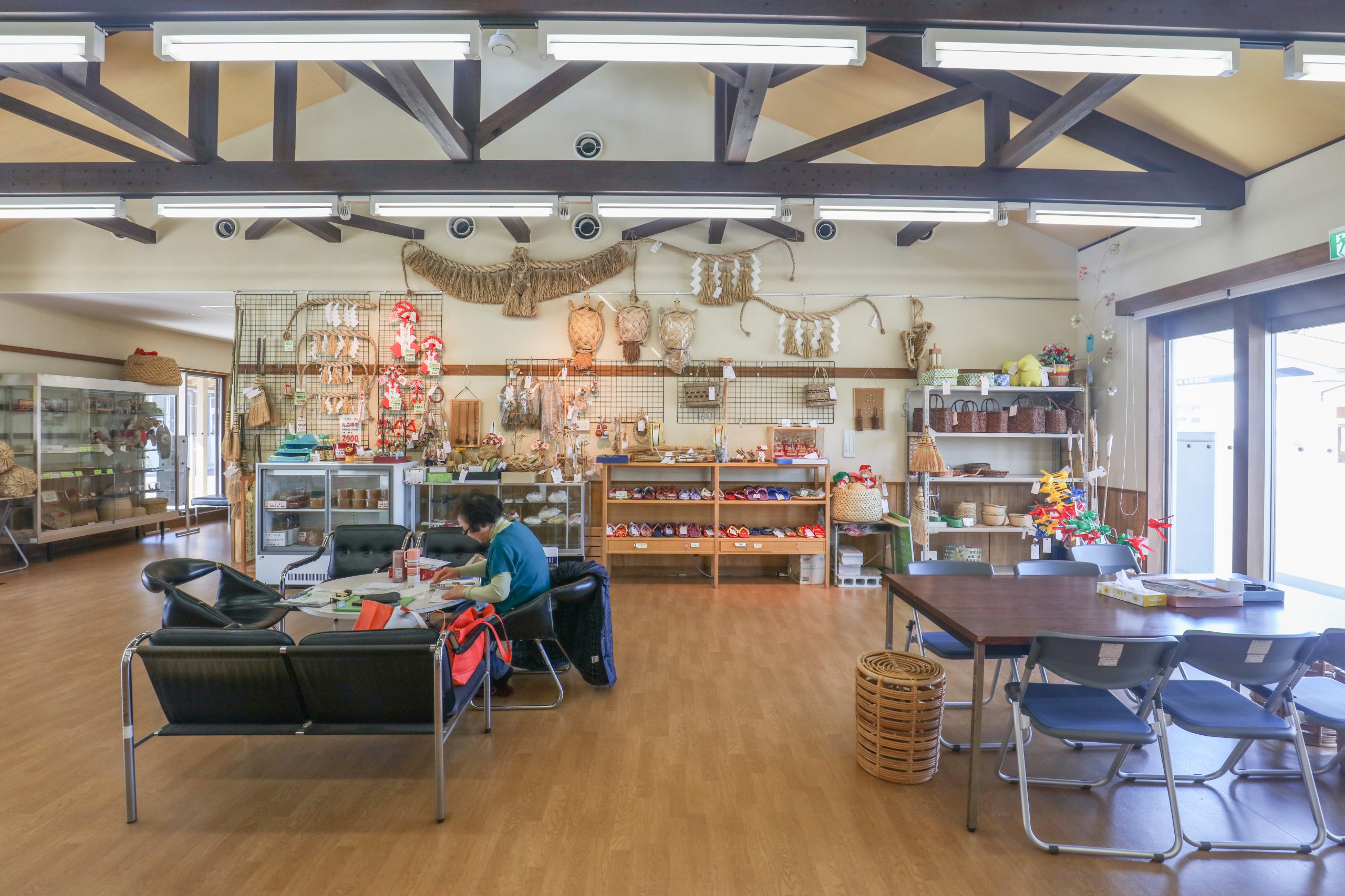
Te-Shigoto-Kan is a handcraft workshop in Marumori, where you can experience all kinds of handiworks under the guidance of the “teachers” inside. I use quote mark on teachers, because instead of professional pedagogues, the teachers in Te-Shigoto-Kan are local residents, who has been making those delicate handcrafts for years.
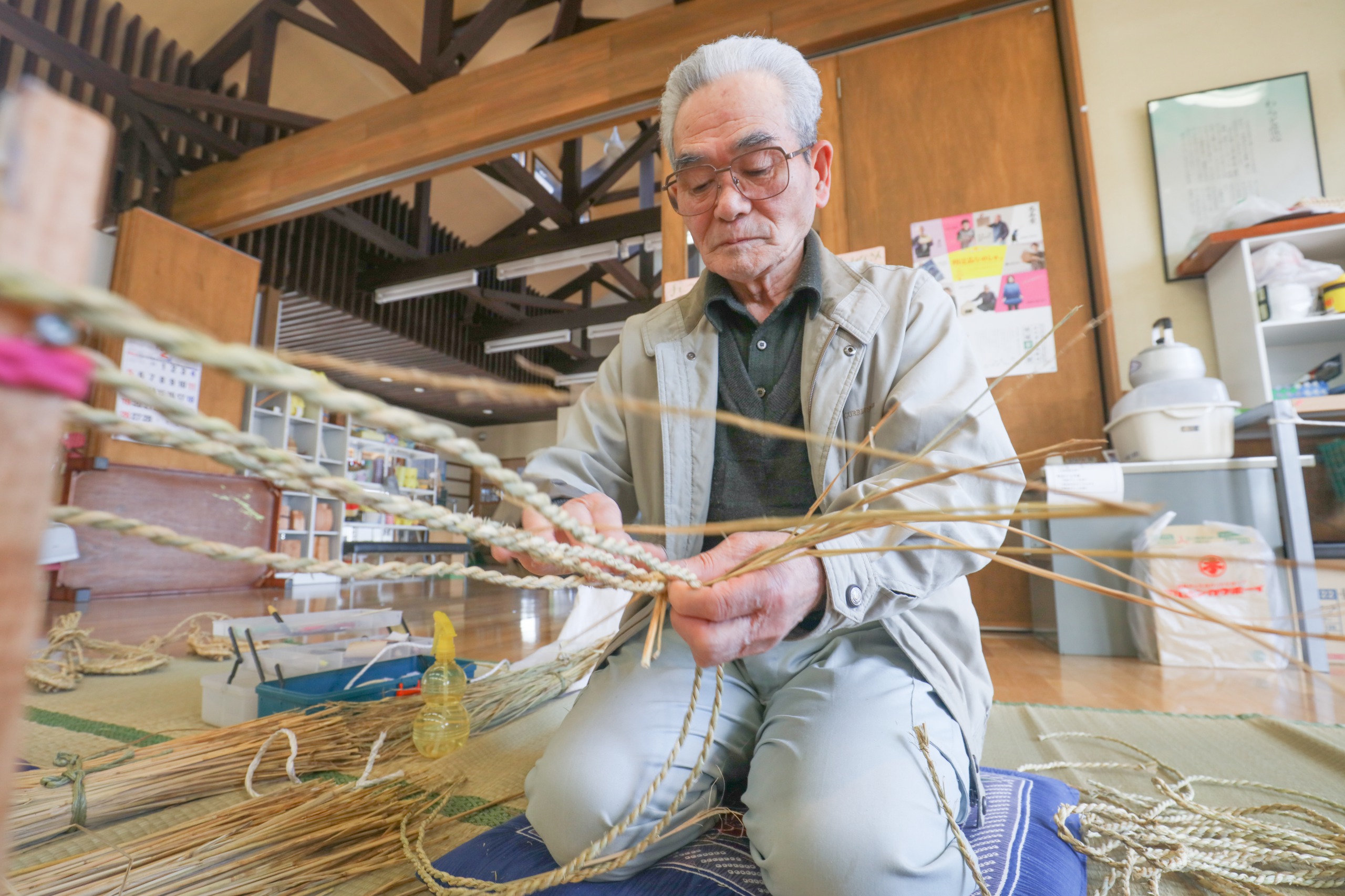
Some of the masters in Te-Shigoto-Kan are experts in straws, using which they make a variety of handworks of different functions.
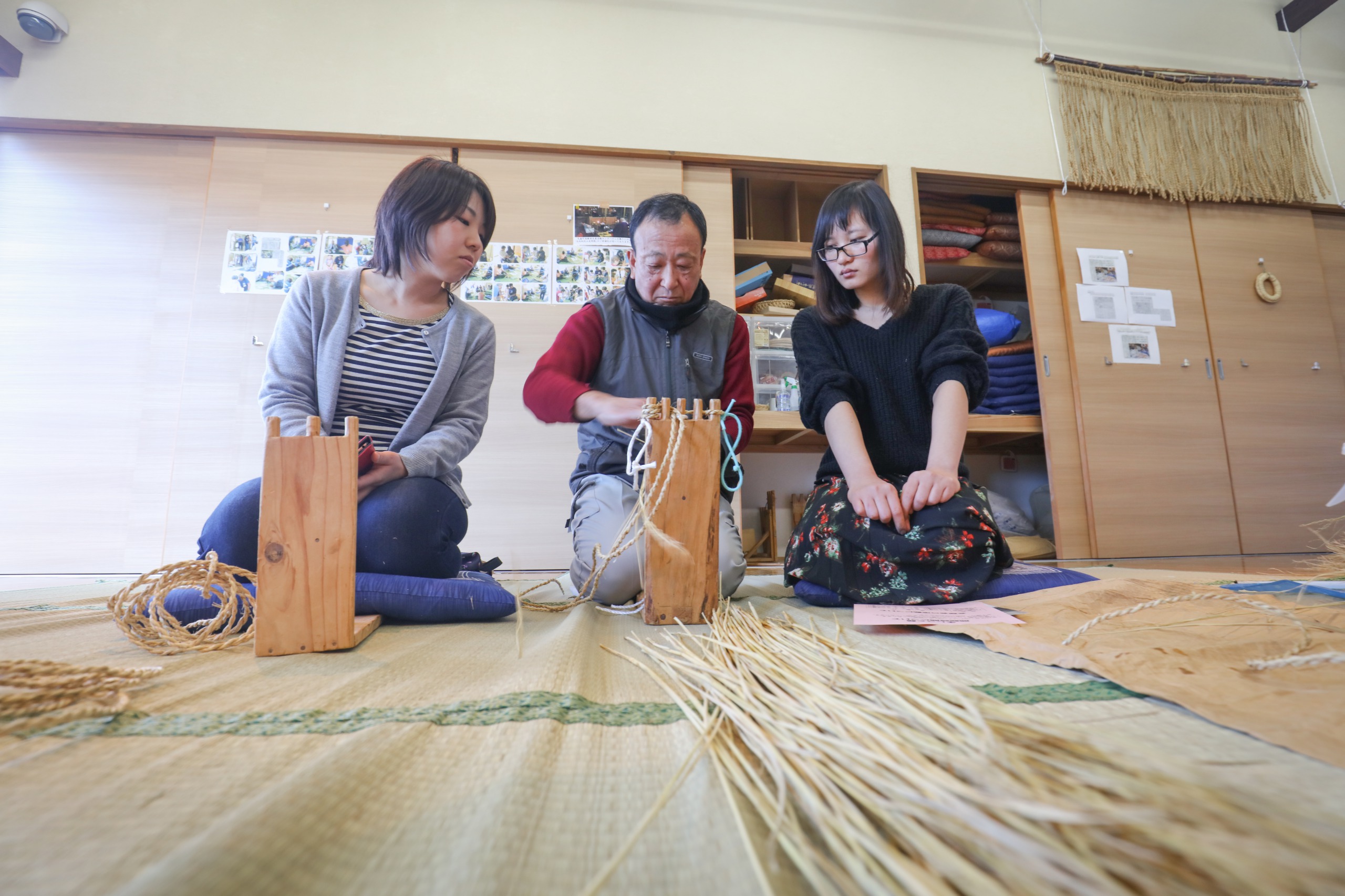
Under the guidance of the old master, I managed to make the first pair of straw sandals in my life.
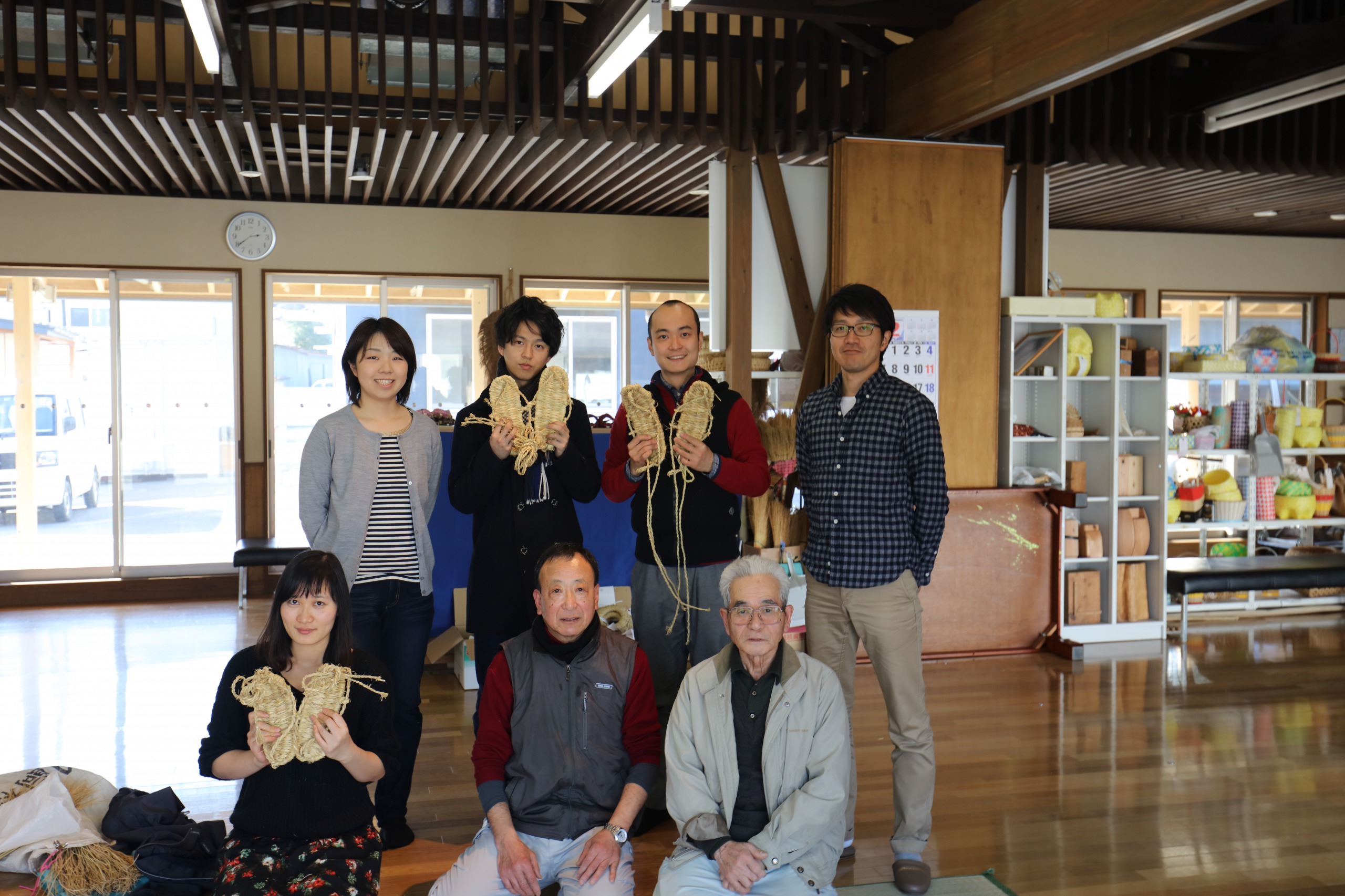
Making straw sandals is much more energy consuming than I previously anticipated. My grandpa used to make those scandals with straw for me. After he passed away many years ago, I did not see straw scandals ever since. This handicraft experience reminds me of my grandpa.
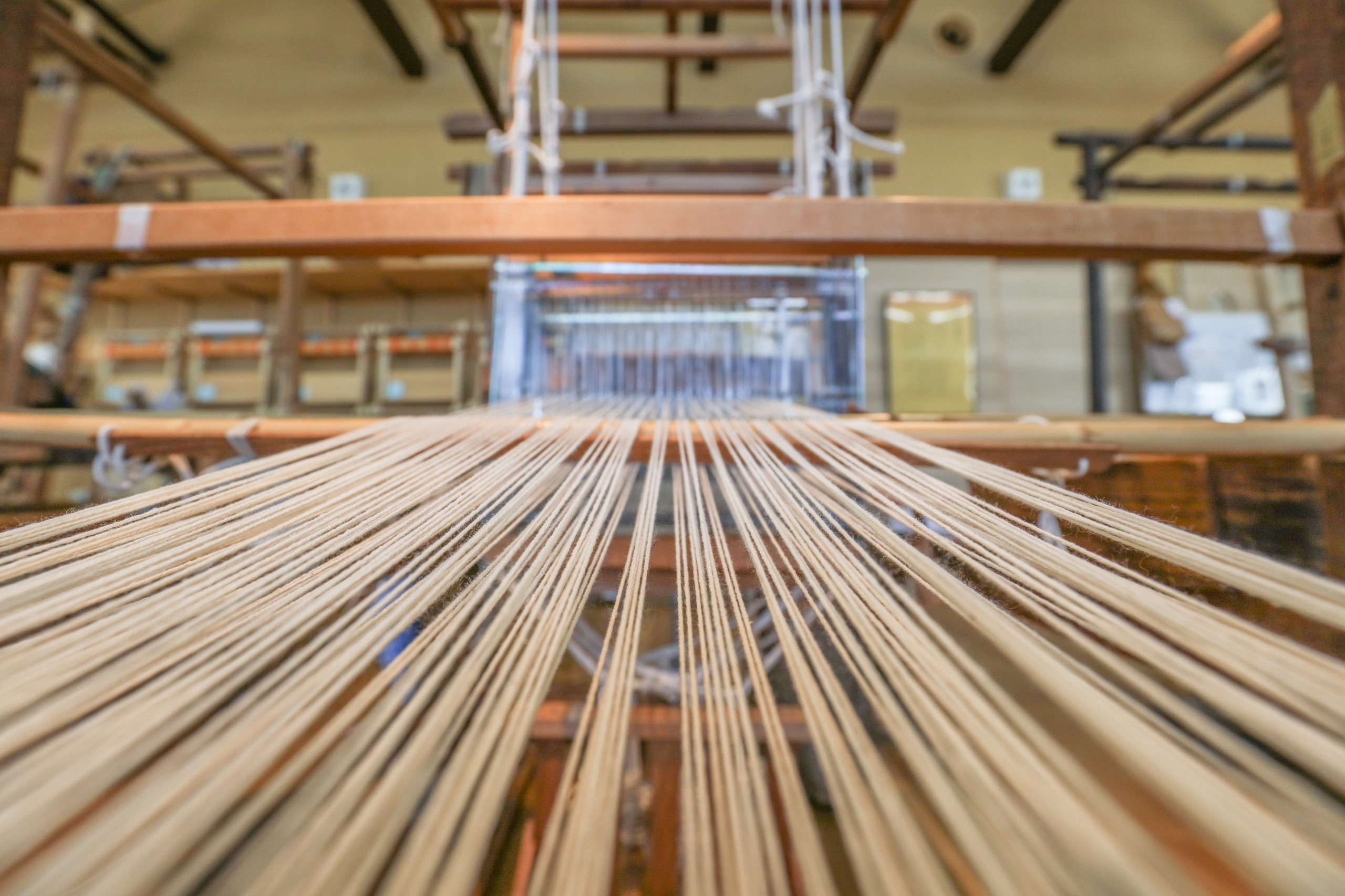
Except straw crafts, the Te-Shigoto-Kan also provides other experiences including weaving on the loom.

The address of 手しごと館 is as follows.
The Old Ajima San’s Minyou and Bonsai
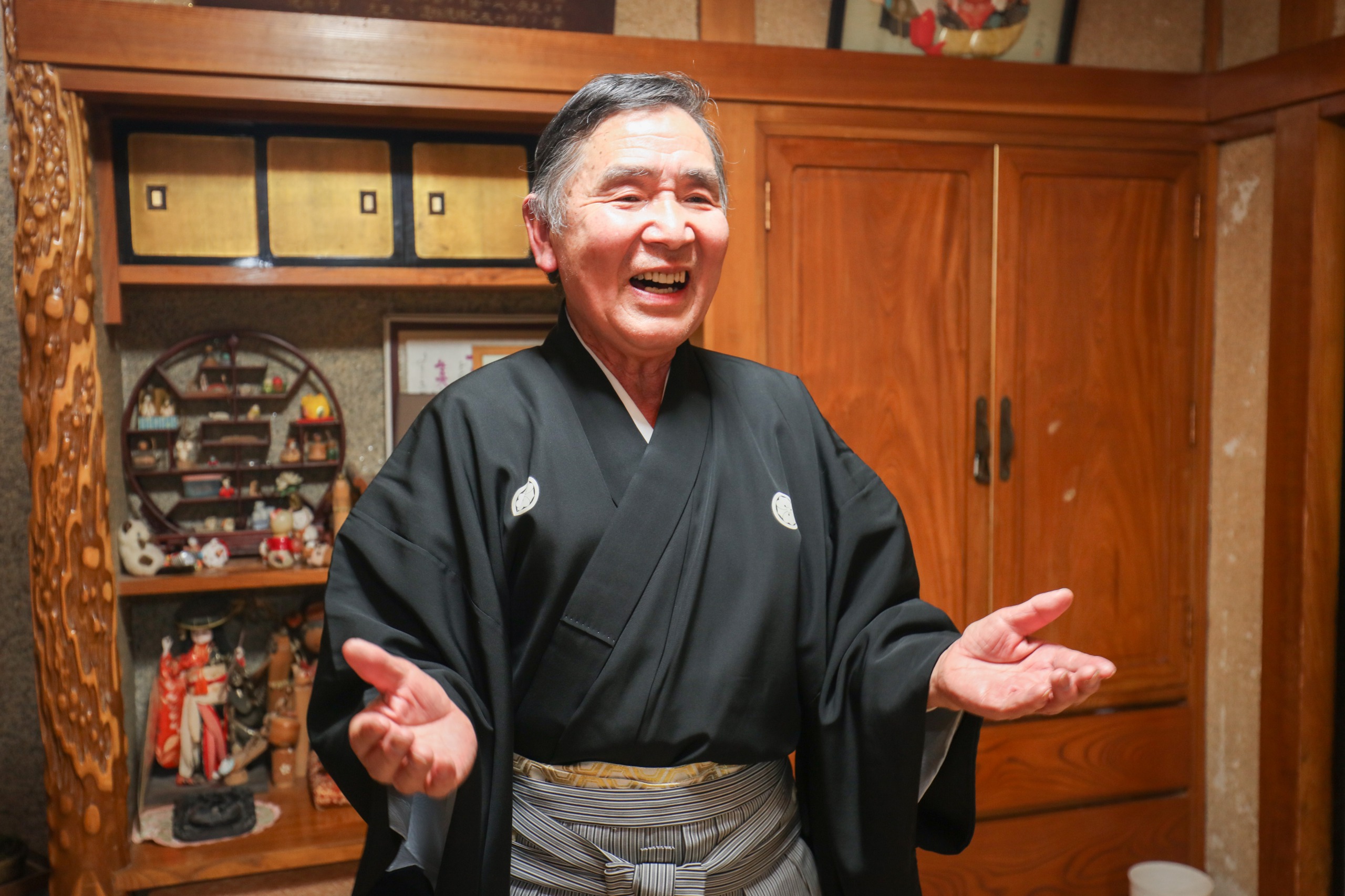
I was lucky to spend a night at the Old Ajima San’s house in Marumori. I had a warm reception at Mr. and Ms. Ajima’s house, and this experience is really memorable for me. After the dinner, Old Ajima San performed Japanese Minyou with his years-long friend for us. The Minyou is consisted of four separate songs, but together they formed an intact story.
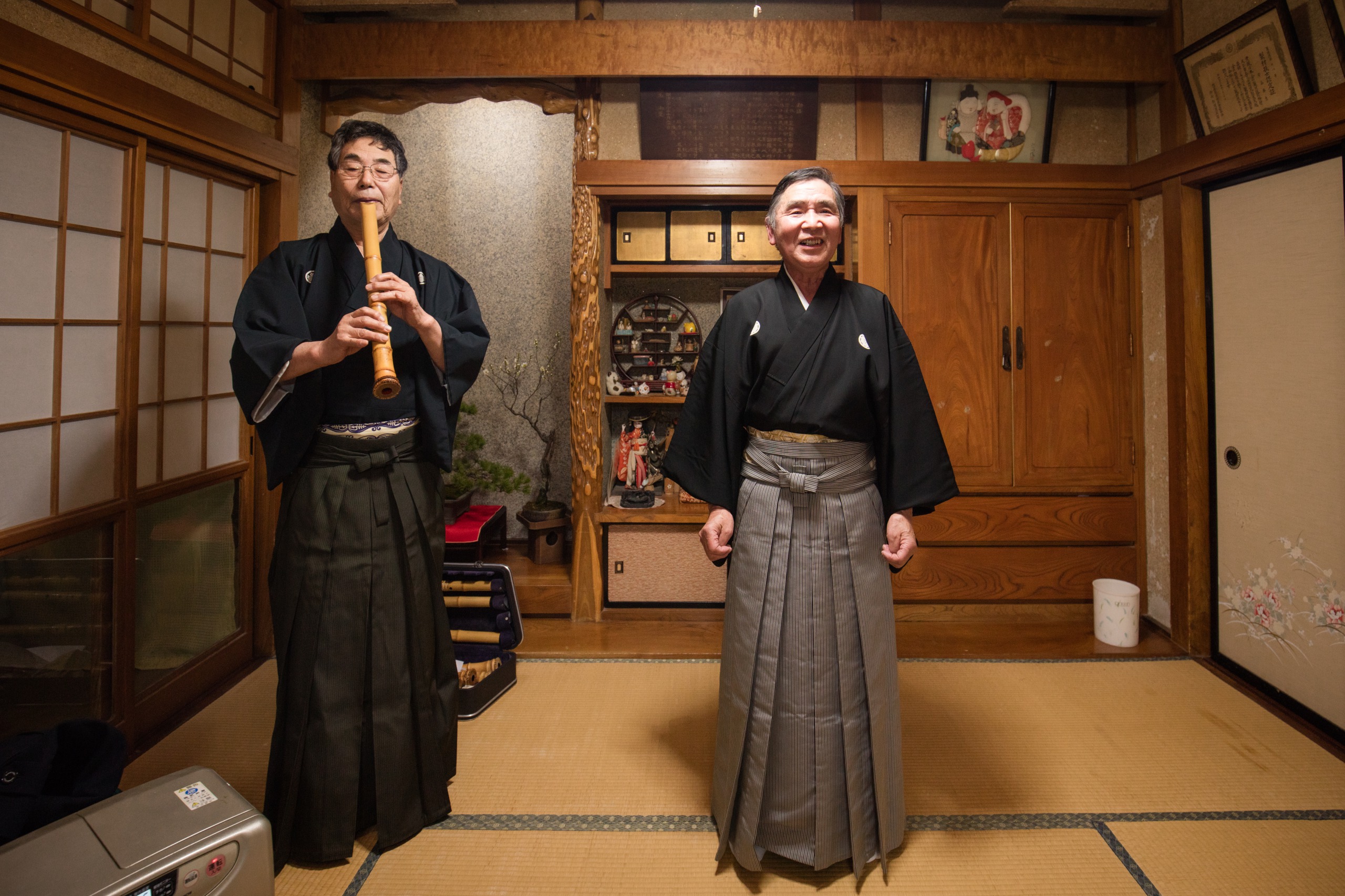
The daughter is about to get married and thereby will leave their parents soon. The parents are knows she leaving the family is inevitable but are still hard to accept the sudden “good-bye” from their daughter who has lived with them for over 20 years.
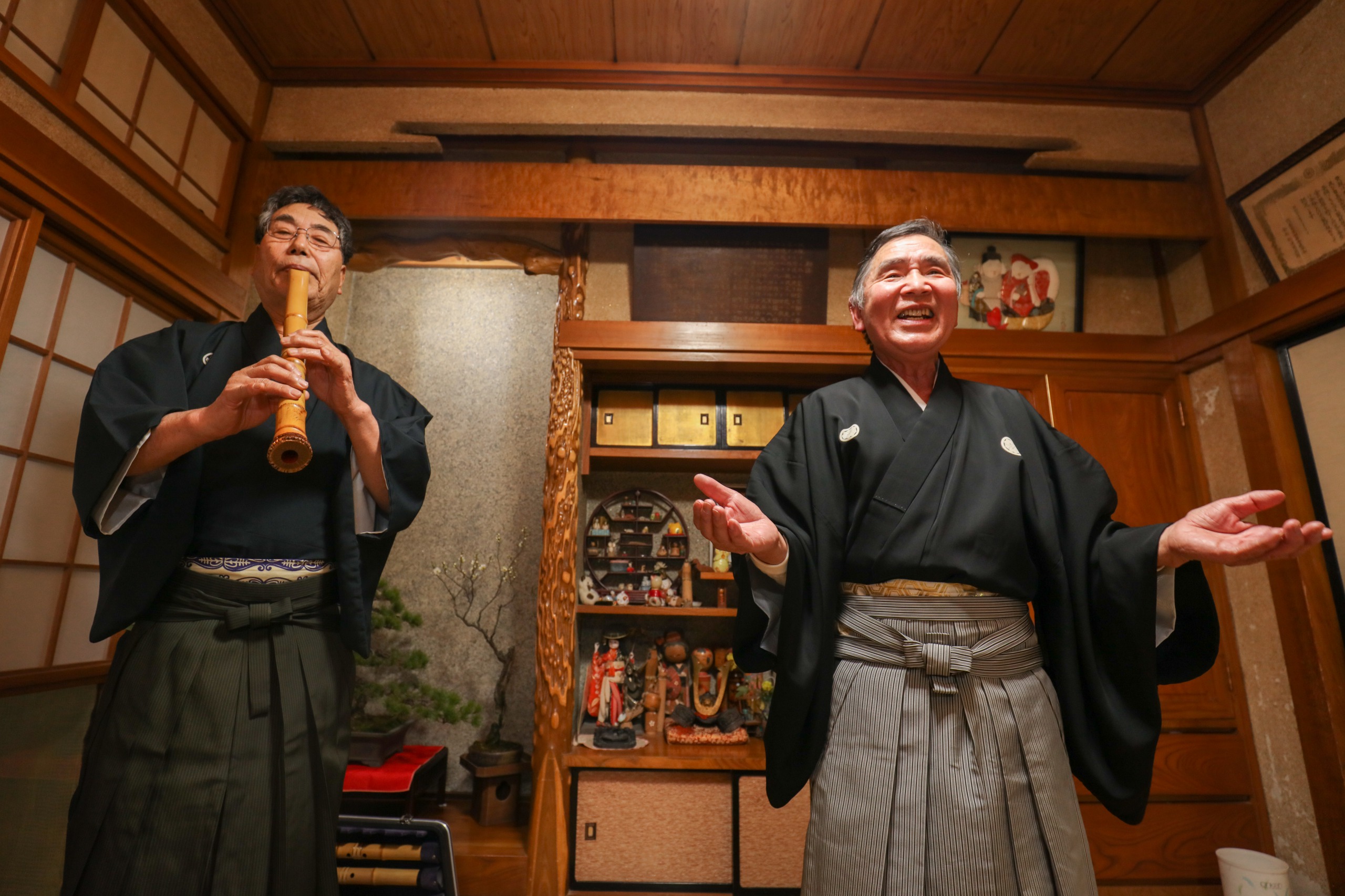
The parents send their daughter to the bride’s house, and part of their heart is happy for her and cheer for her sunny future. But they get sad again realizing they will now have to go back to their house and say “farewell” to the newly married couple.
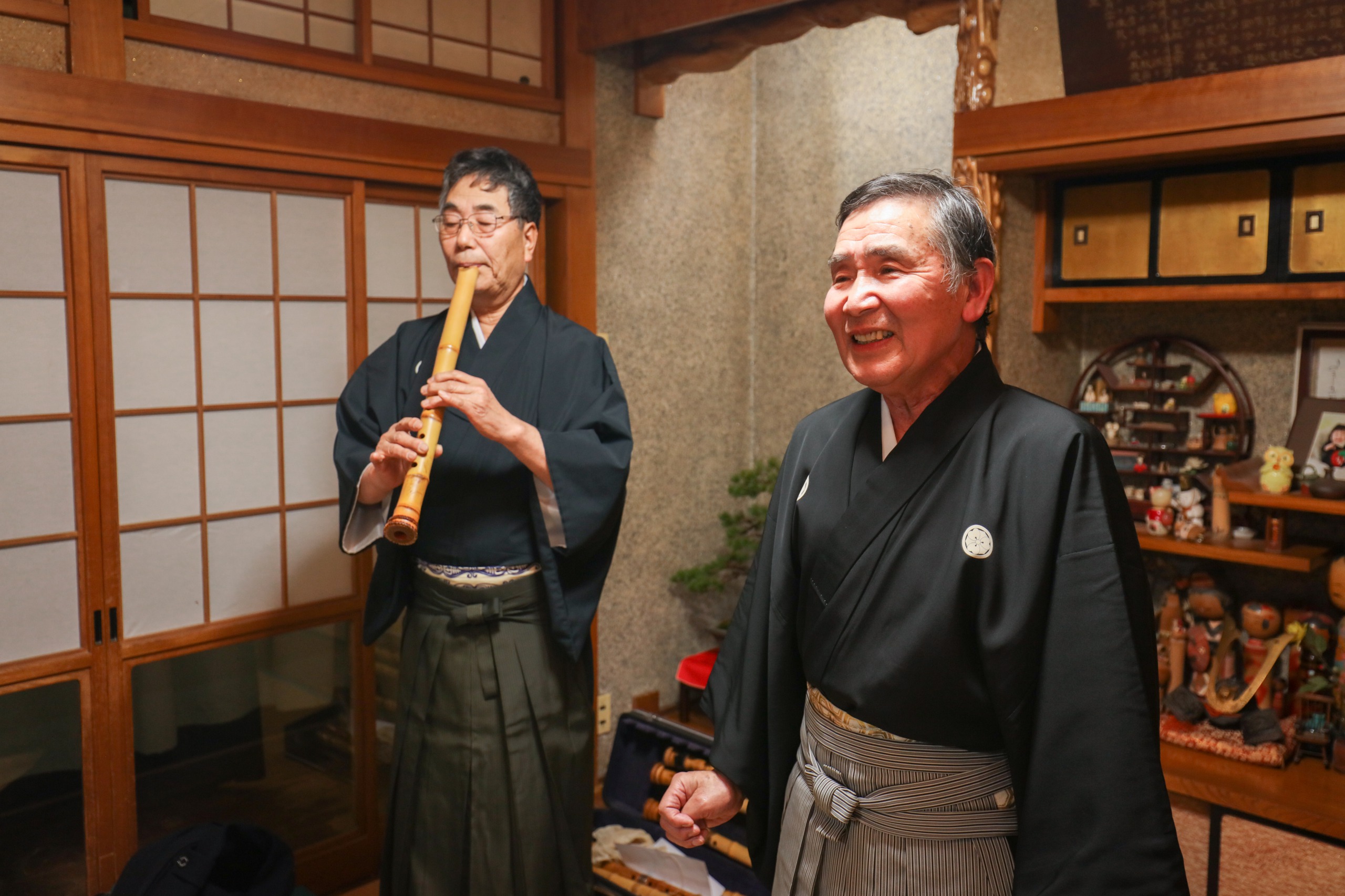
I could see the tears in Old Ajima San’s eyes when his was song got to the “sad” part.
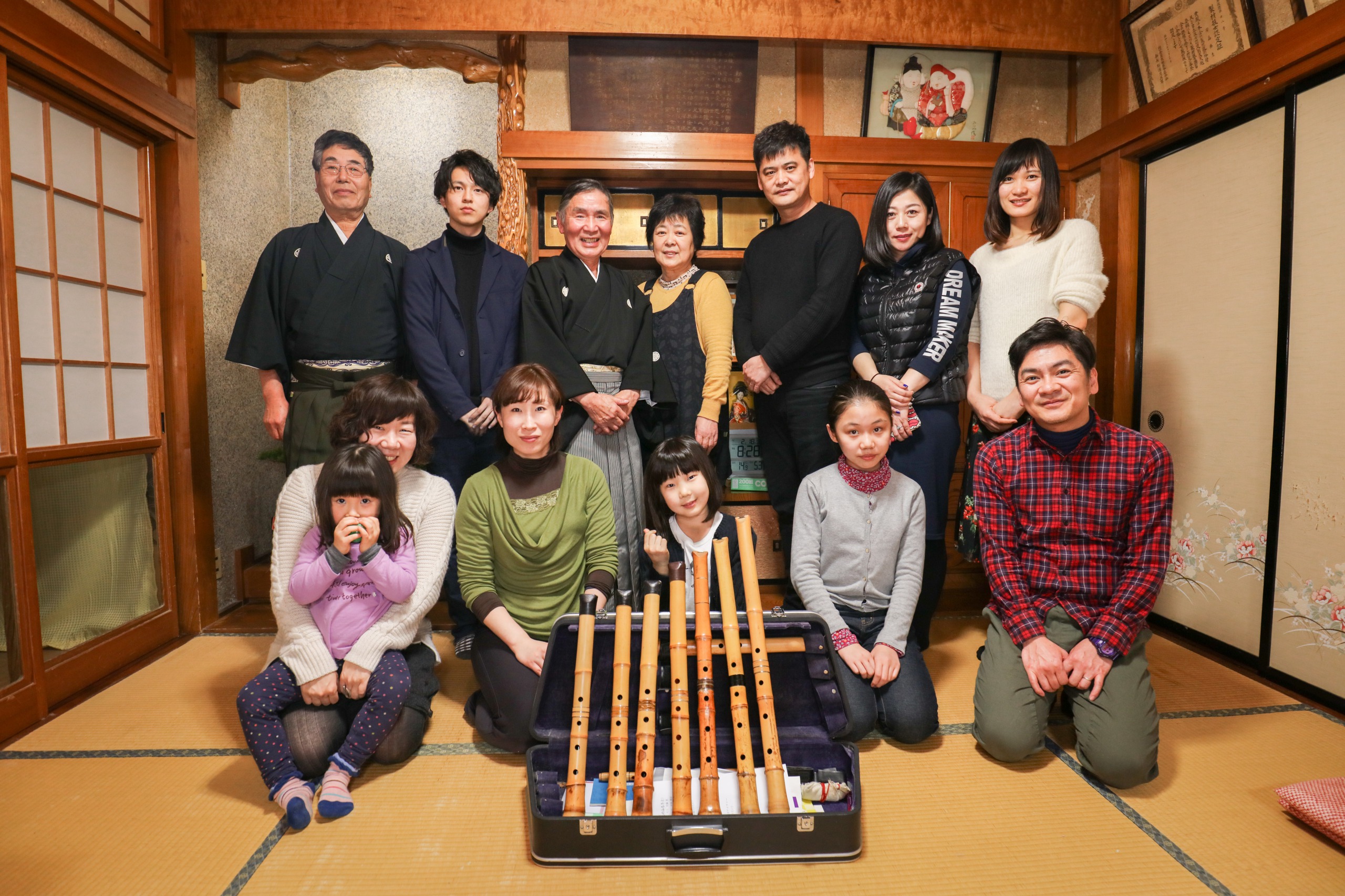
The instruments used for the Minyou are made by bamboo. As this traditional instrument no longer largely produced those days, their market value equals to a Mercedes Benz car now.
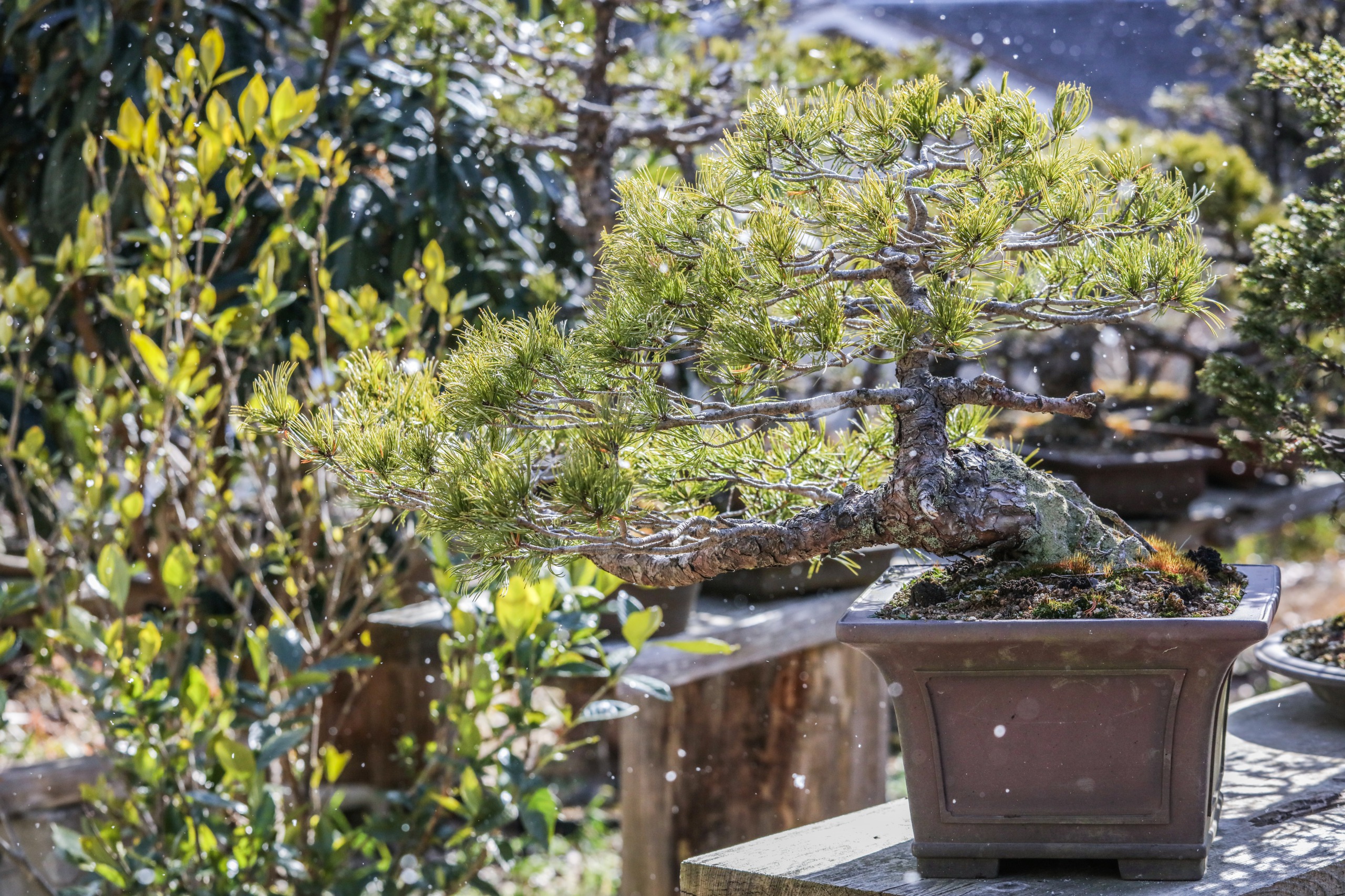
Except Minyou, Old Ajima San spent lots of time on pine tree bonsai.
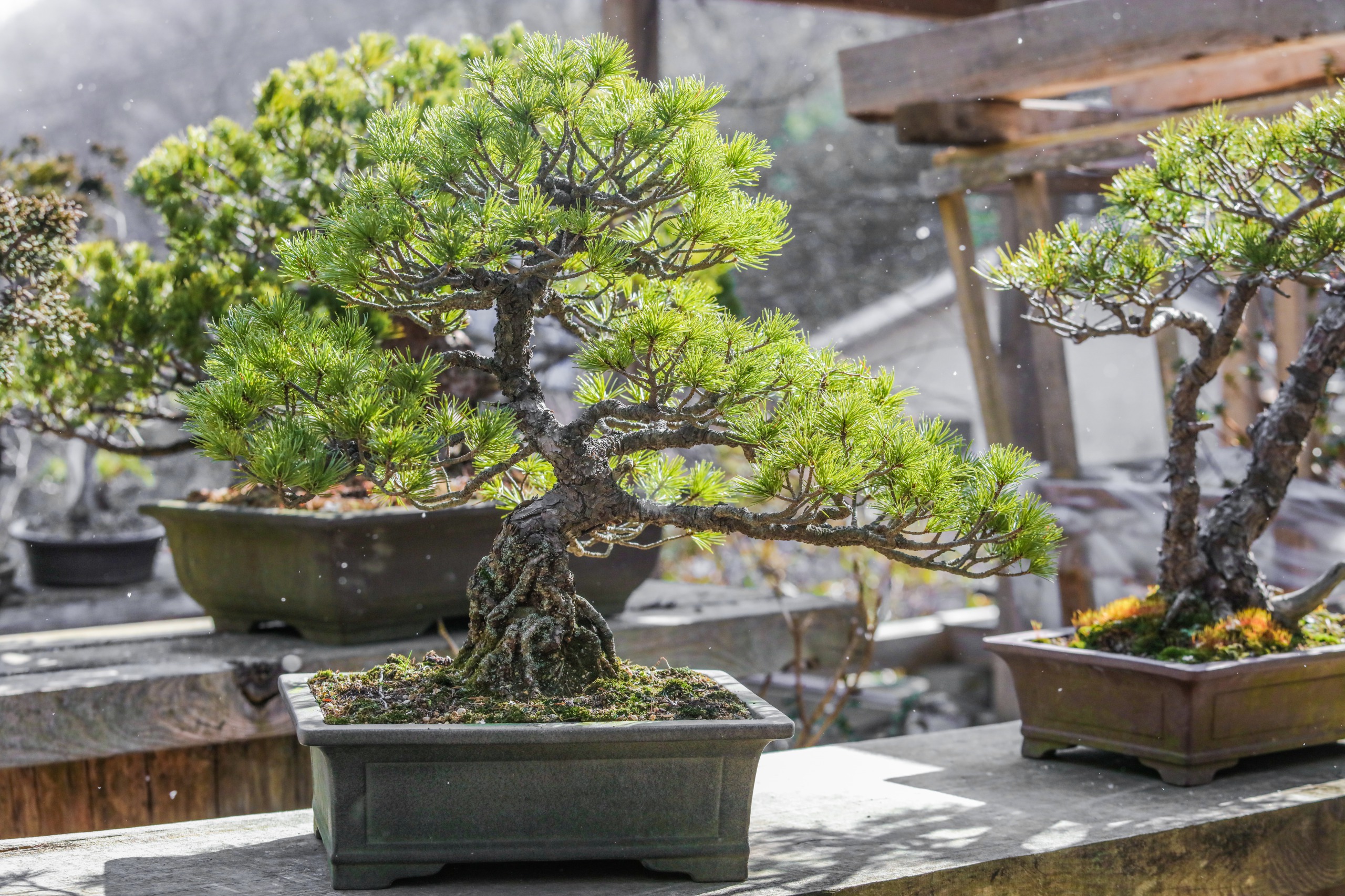
Some of his bonsai are more than 50 years old and he has to use iron wires to shape the pine trees in make them “graceful” looking.
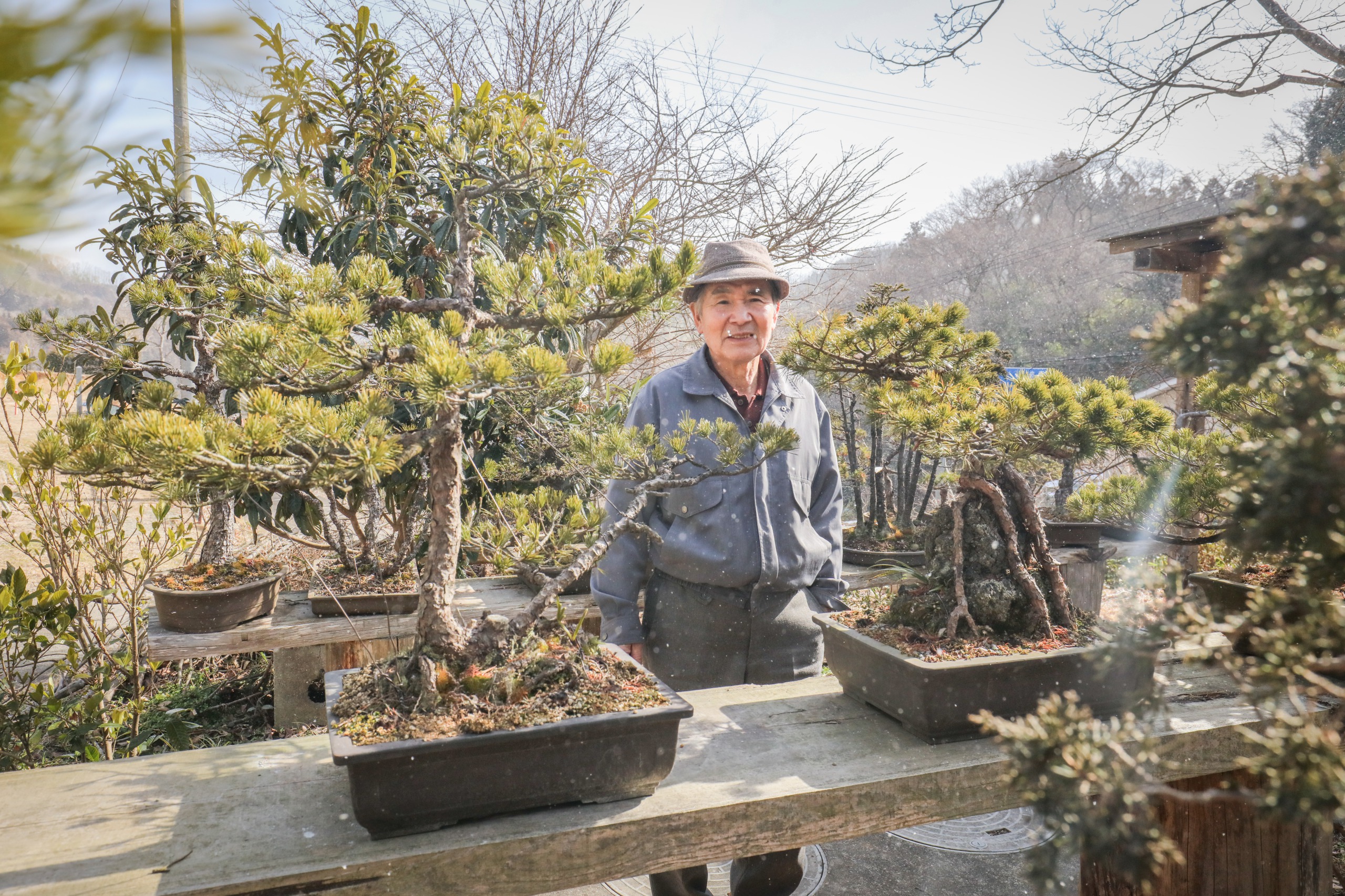
I have to say goodbye to Marumori now, but deep down my heart I know I will come to this place again in summer and autumn.




